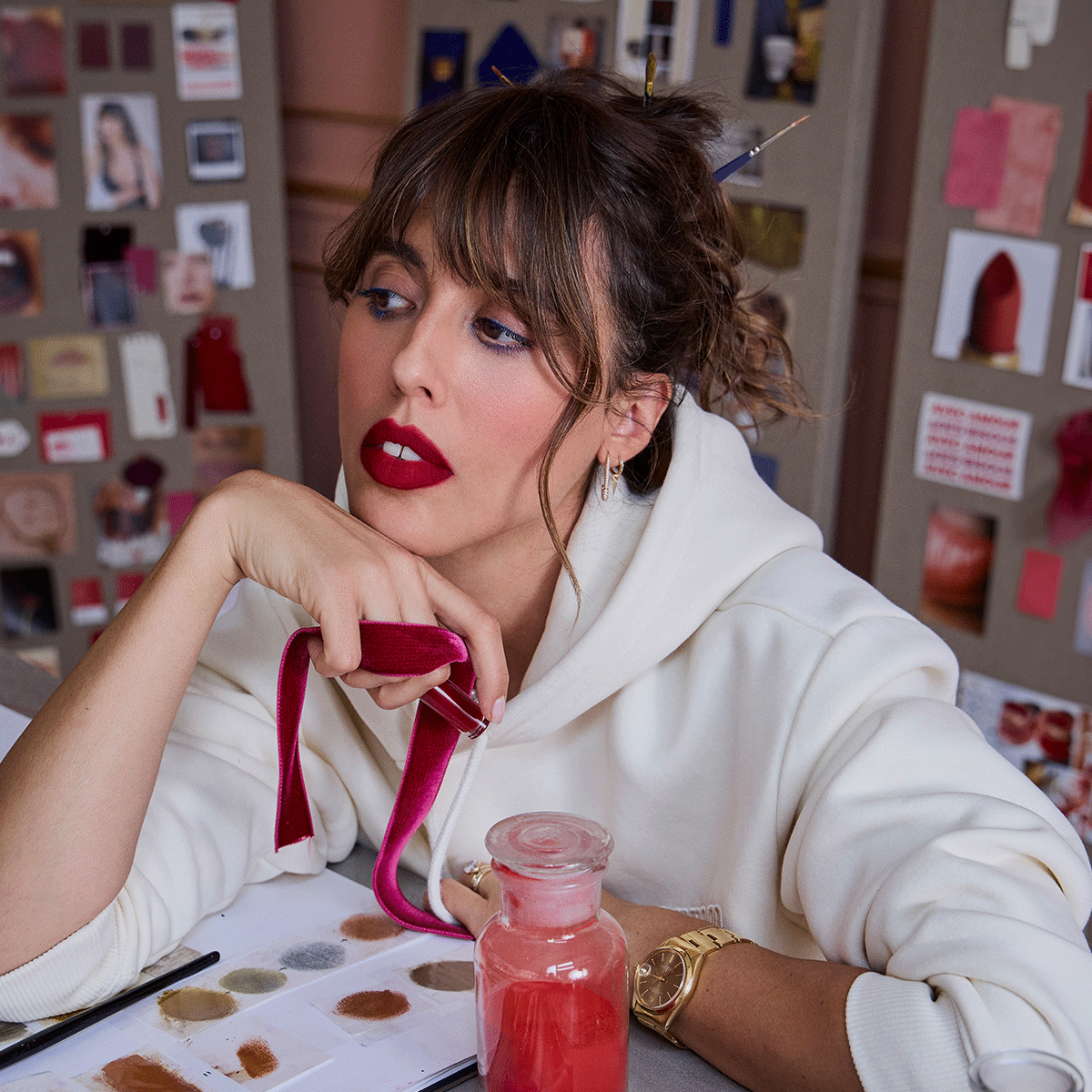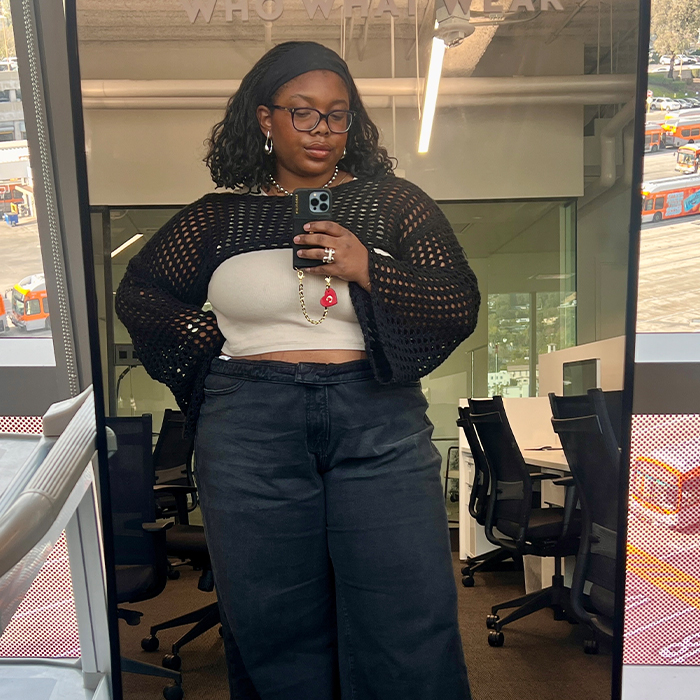Vintage Fashion Lovers, Rejoice: Netflix's Firefly Lane Is a Blast from the Past
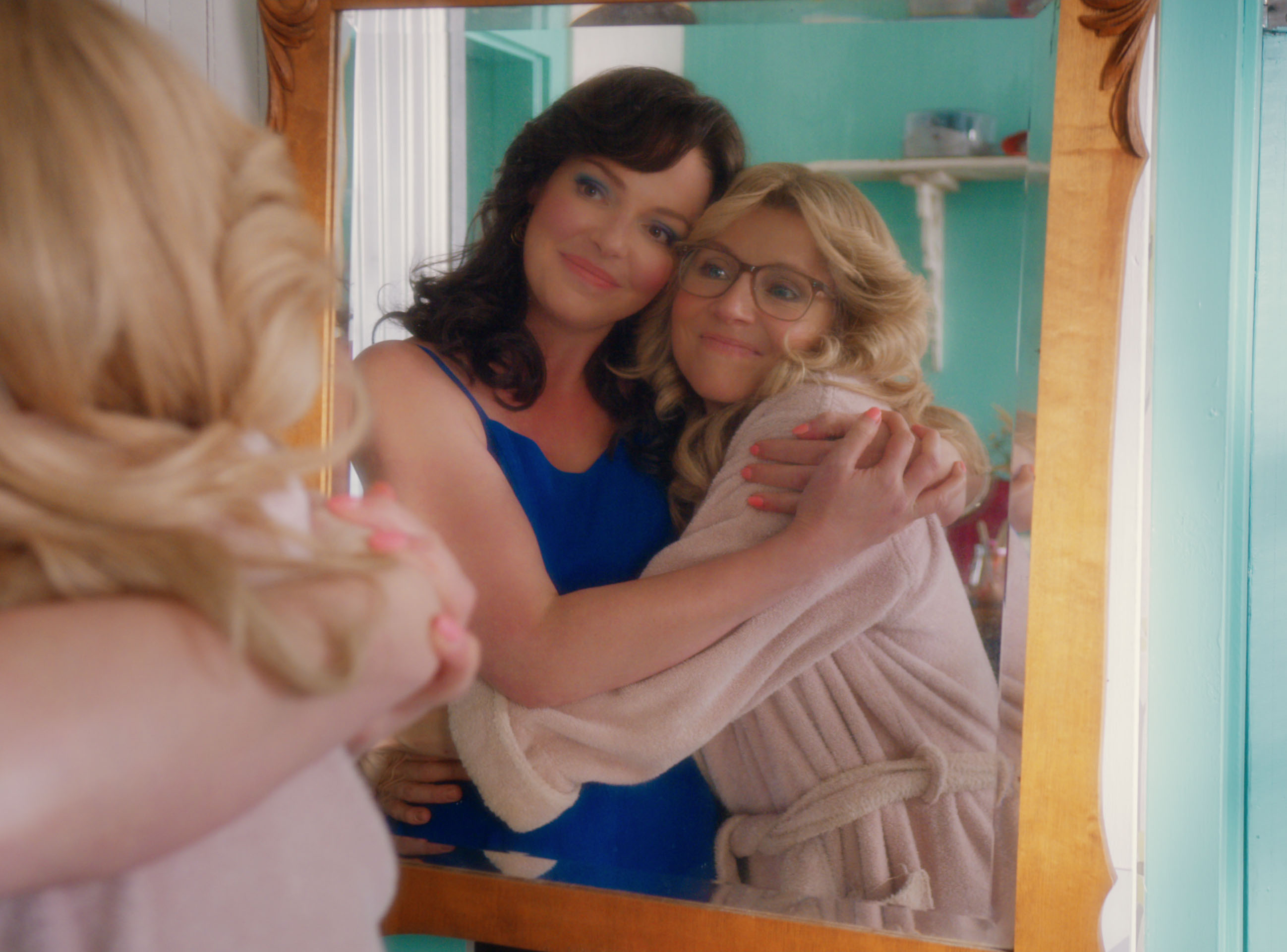
Welcome to Firefly Lane! The year is… well, that depends on the episode. Netflix’s enchanting adaptation of the Firefly Lane books by Kristin Hannah stars Katherine Heigl and Sarah Chalke as two lifelong best friends in a 10-episode first season that chronicles over five decades of family, relationships, and of course, fashion. Fans of the movie Now and Then (1995) will delight in the throwback vibes of the music, time-hopping narrative, and eerily on-point costumes of the main characters throughout the ’70s, ’80s, and ’00s. To confess that I binge-watched the entire show in just two days should come as no surprise.
As fashion journalist Elizabeth Holmes regularly remarks, I had "so many thoughts.” Luckily, costume designer Allisa Swanson had all of the answers (plus a few pro tips), making me appreciate the depth of Firefly Lane and its characters even more. Without spoiling any of the roller-coaster plotlines, Swanson provided incredible insight into what it takes to outfit an entire cast (background actors included) in authentic vintage fashion, and also how the tiniest details are critical when creating a signature style that spans decades.
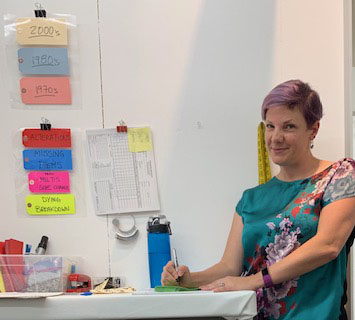
You’ve been a professional costume designer for over 20 years, so what excited you about Firefly Lane?
I loved the idea [of a show that spans multiple decades] because I like projects that challenge me and knew this would be a big one. The ’70s were a fun time, in general, and the ’80s is a fabulous decade for costumes. The 2000s were not our greatest period of time for clothes, but it is so different than how we dress today… I was really excited to undertake something that flexed my design skills so broadly.
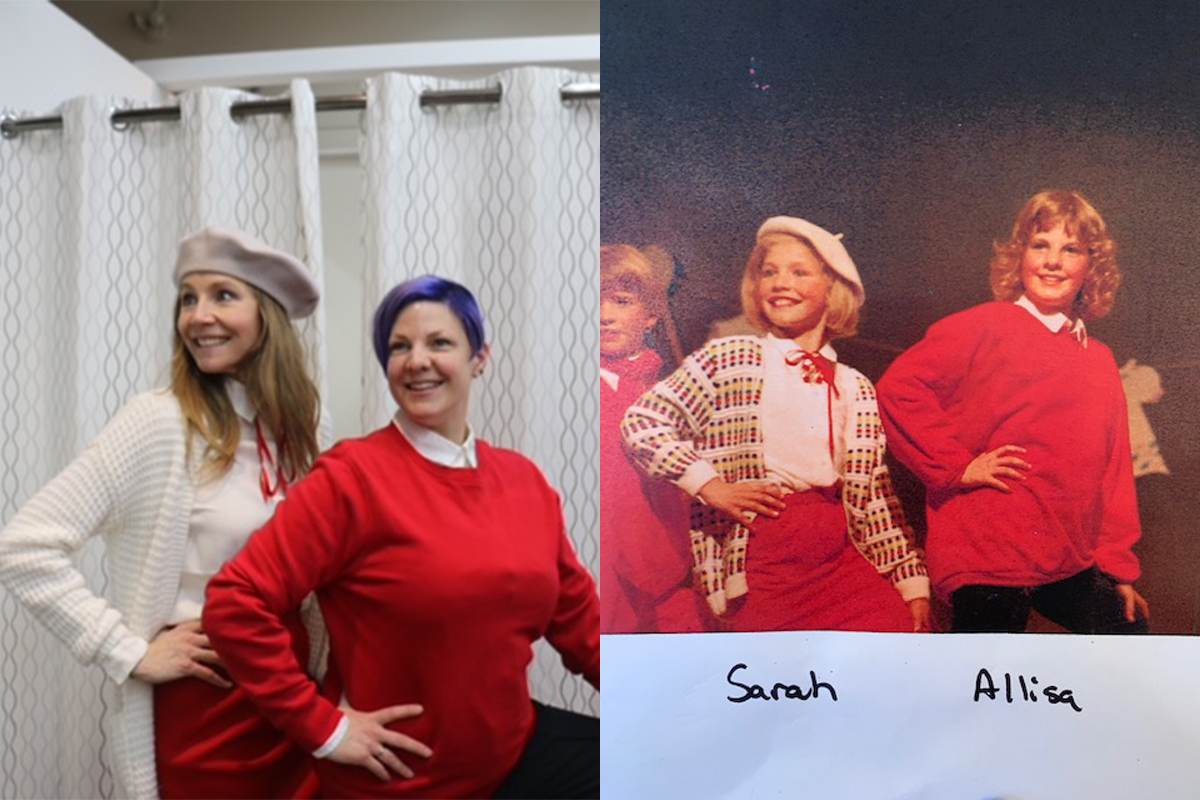
Were some decades more difficult to design for than others?
Finding kids' clothes—particularly for the early ’60s scenes—was difficult. For the scene with baby Shawn, I had a local lady in Vancouver knit those infant onesies for us because there was nothing around from the early ’60s that we could buy that would look period-appropriate for a one-year-old. I found reference photos from the early ’60s as to what babies would wear, so we sent the photos and some yarn, and she knit those for us.
For looks from the ’70s onward, I went on a huge thrift store shopping spree right at the beginning of prep. My assistant and I hit every small town within a five-hour drive of where we lived and visited every thrift store we could. We filled up my minivan and a half-ton truck over four days. We were able to find authentic items from the ’70s, ’80s, and 2000s because people have been cleaning out their closets and getting rid of things they have been holding onto for 20-plus years. There were even a few stores in the small towns that we had relationships with, and every time they got new stock, we would do a video conference (this was pre-COVID) and they would send us the stuff we liked.
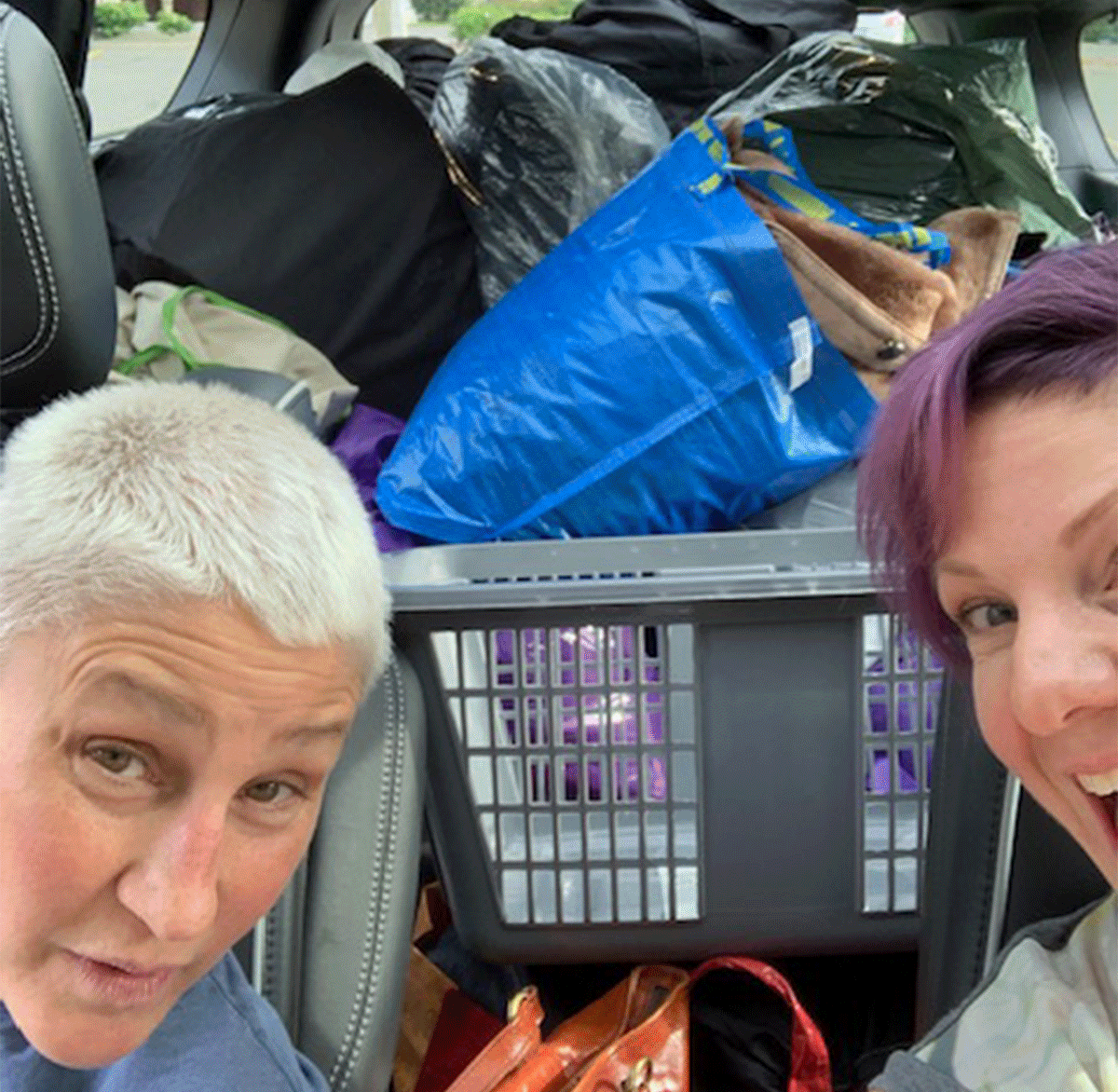
What references did you draw from to create the overall look and feel for each decade?
I used a lot of catalogs from the ’70s and ’80s, especially Sears catalogs because that’s what everyday people wore. I had quite a few magazines from the ’80s in my collection, but that was high fashion, which our girls weren’t quite able to afford even if they aspired to it.
I also have a huge collection of patterns from the ’70s and the ’80s, some of which belonged to my grandmother, and some were what I was making in the ’80s. We referenced a lot of these patterns to get a feel for the way a blazer was cut differently than it would be cut today, or how princess seams would fit in different spots.
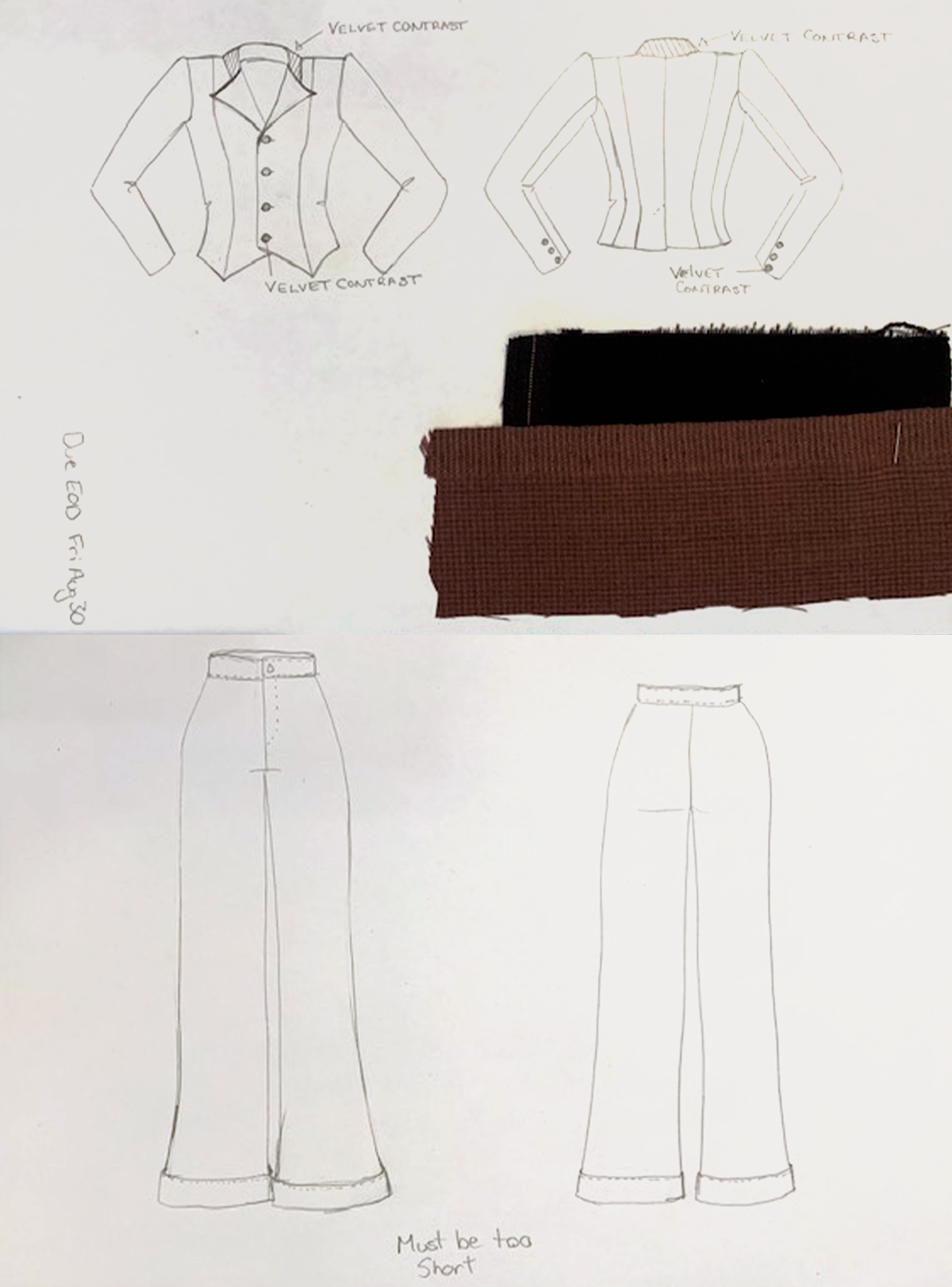
And, of course, the internet is always helpful. Pinterest is one of my favorite websites of all time, so I spent a lot of time creating boards on my personal account. I had ’70s Kate, ’70s Tully, etc. Then I had general ’70s and ’80s boards. Any time a new character came up, I would create a new Pinterest board, even for minor characters and background actors.
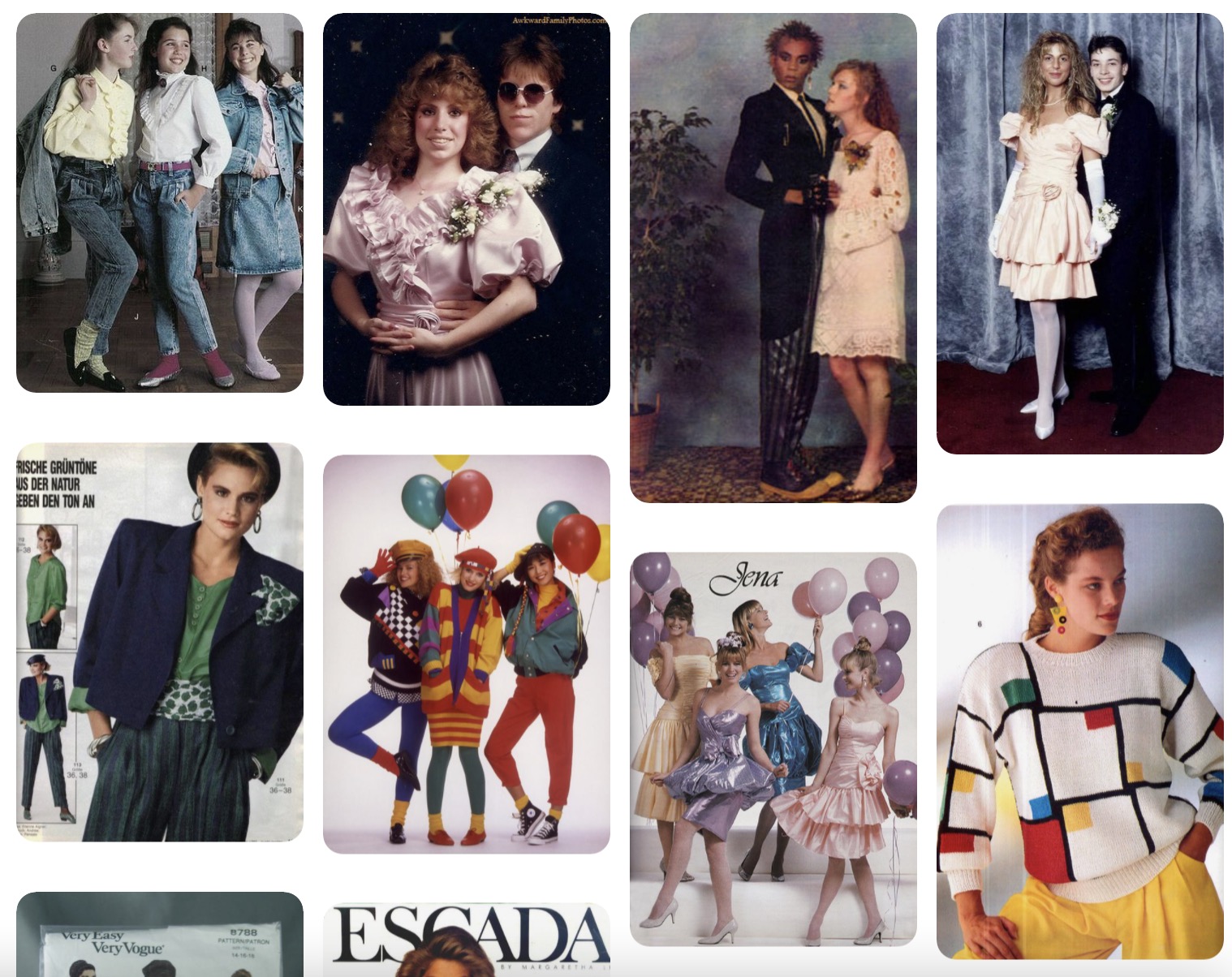
When it came time to actually do the mood board for specific characters, I read the book before and highlighted it and dog-eared it and took notes, using that for cues along with the script to put character profiles together. Kate is shy and retiring and smart, and ambitious but ambitious in her own way for her own life. Tully, who was larger than life from the very beginning, is always striving for more and to be better. Starting with those character attributes, I built their mood boards, which included overarching color pallets. Kate in the ’80s was all about pastels. Tully was very bright and jewel-toned. Kate was always softer, as the grounding maternal one. Everything had a coziness to her, even when she was at work.
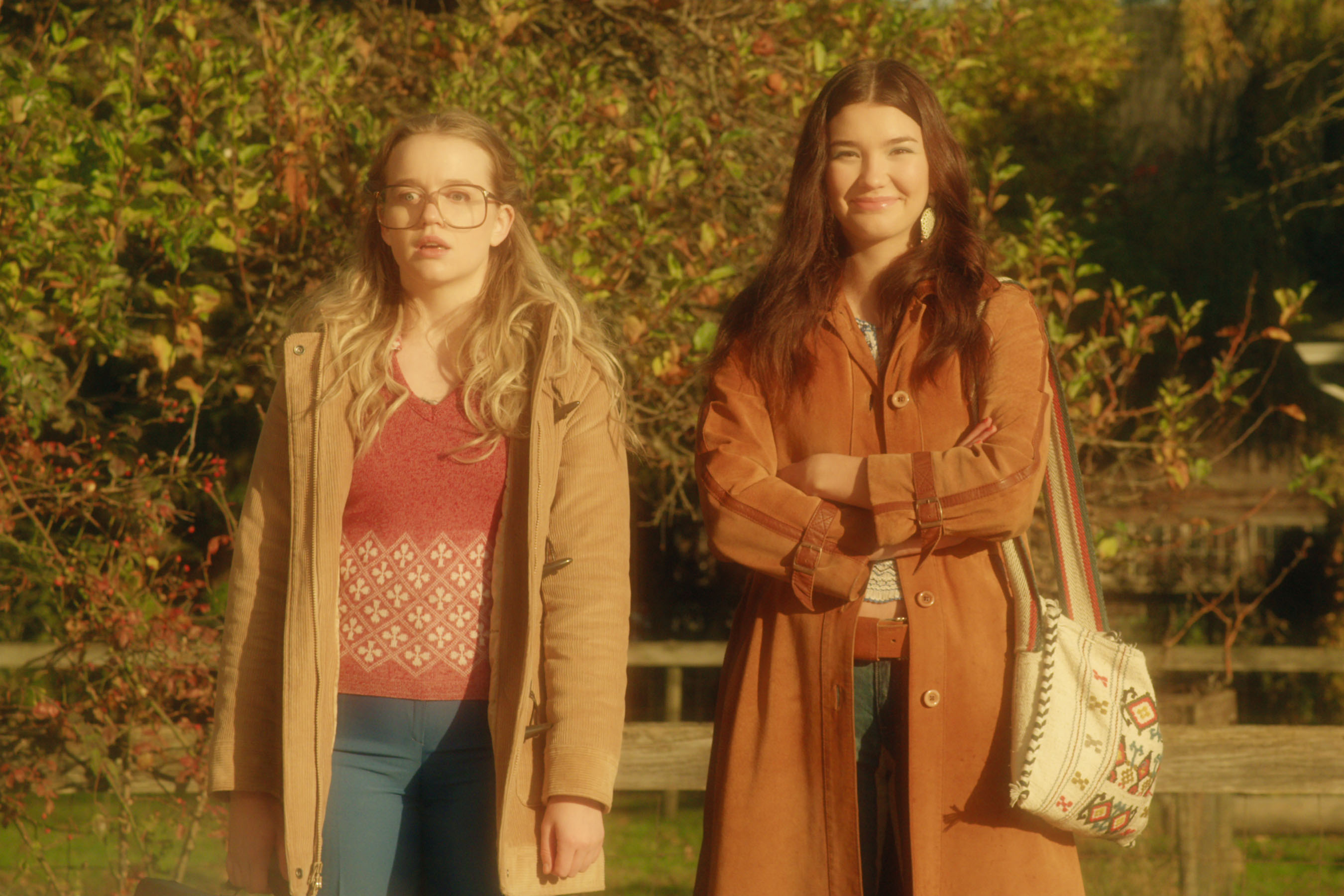
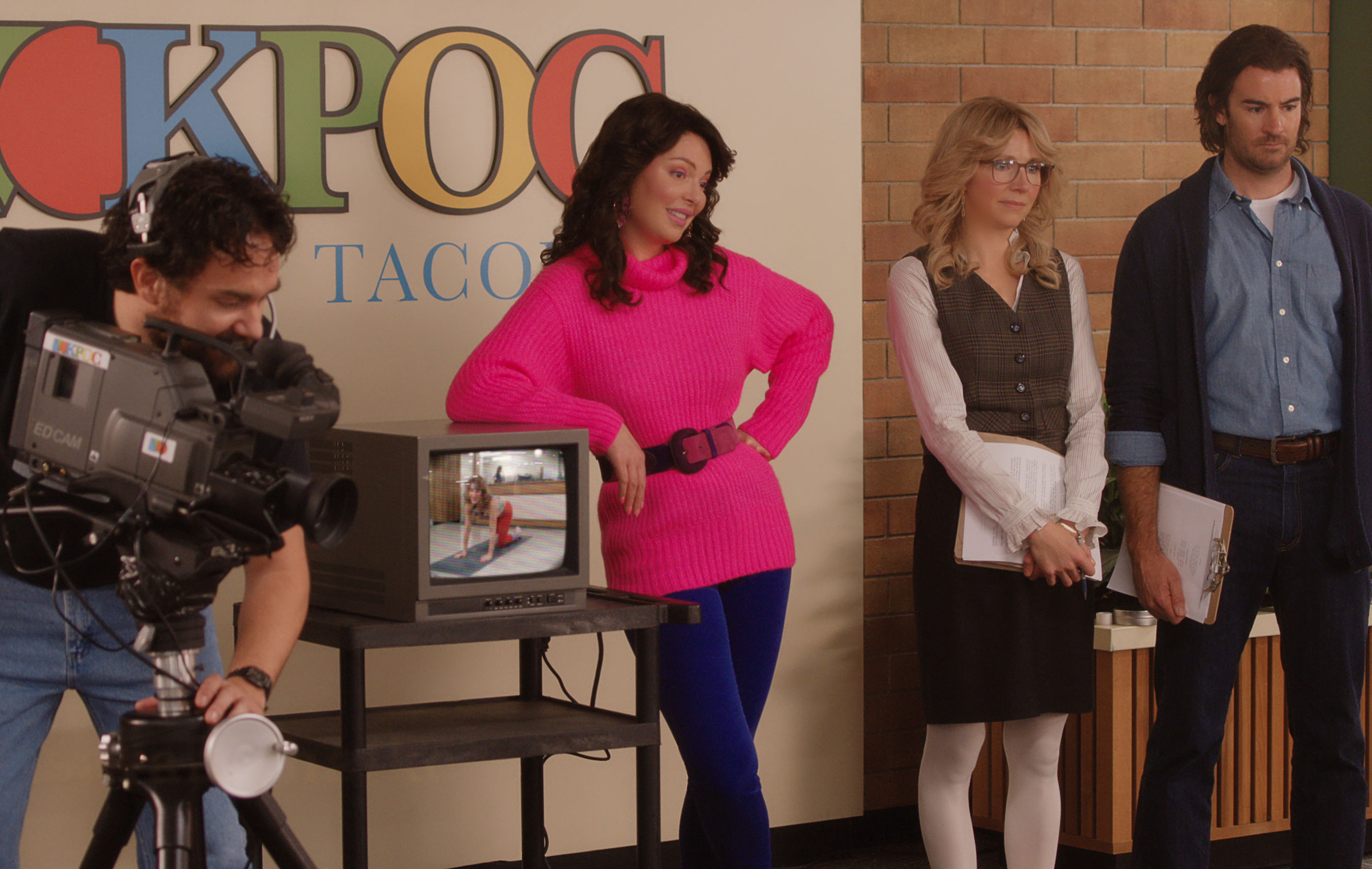
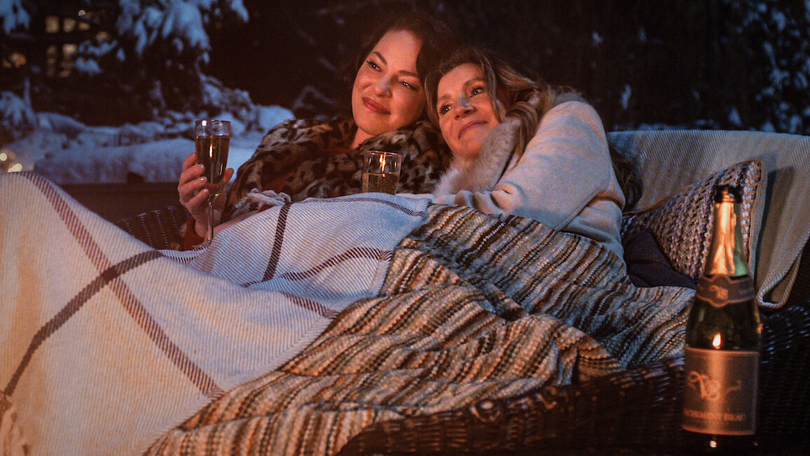
Who were some real-life references or sources of inspiration for Tully and Kate?
Brooke Shields was a big icon that I channeled for both of their college looks. The fun thing about the ’80s was that it’s not just one look from the beginning to the end. The ’80s had so many different trends that if we were doing ’82 it had to look different than what we were doing in ’87. Brooke Shields embodied the early ’80s whereas Cindy Crawford was my muse for the late ’80s scenes.
Also, Oprah was someone I looked to for Tully’s style in the 2000s since that was when the Oprah Winfrey Show was at its peak. Oprah has always been very elegant, so I looked to re-create that for Tully. A lot of the icons of the early 2000s, like Paris Hilton, were too young for Tully. She’s still a 40-year-old woman, so she’s not going to run around with her midriff showing. Jennifer Aniston was a big source of inspiration for 2000s Kate.
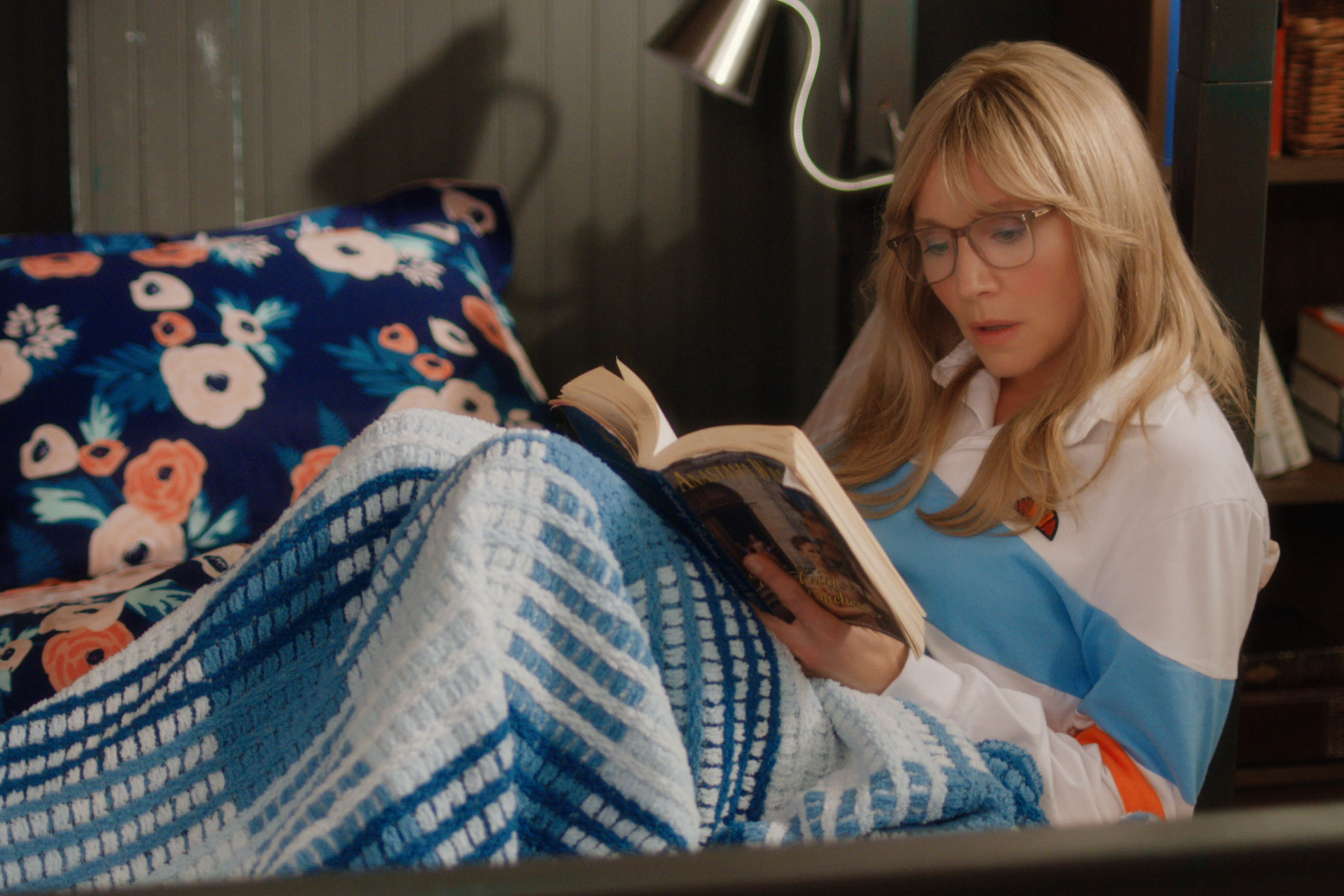
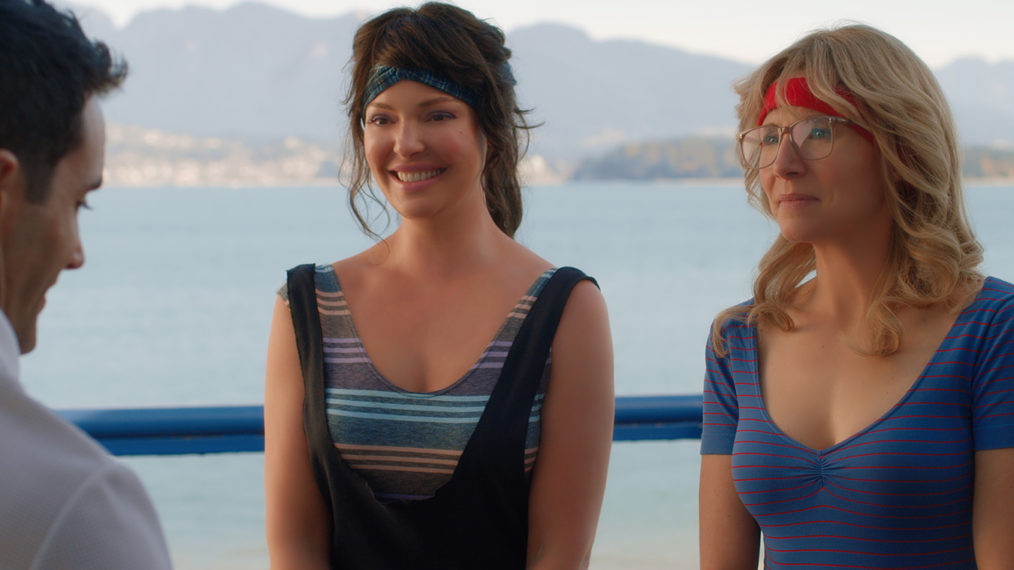
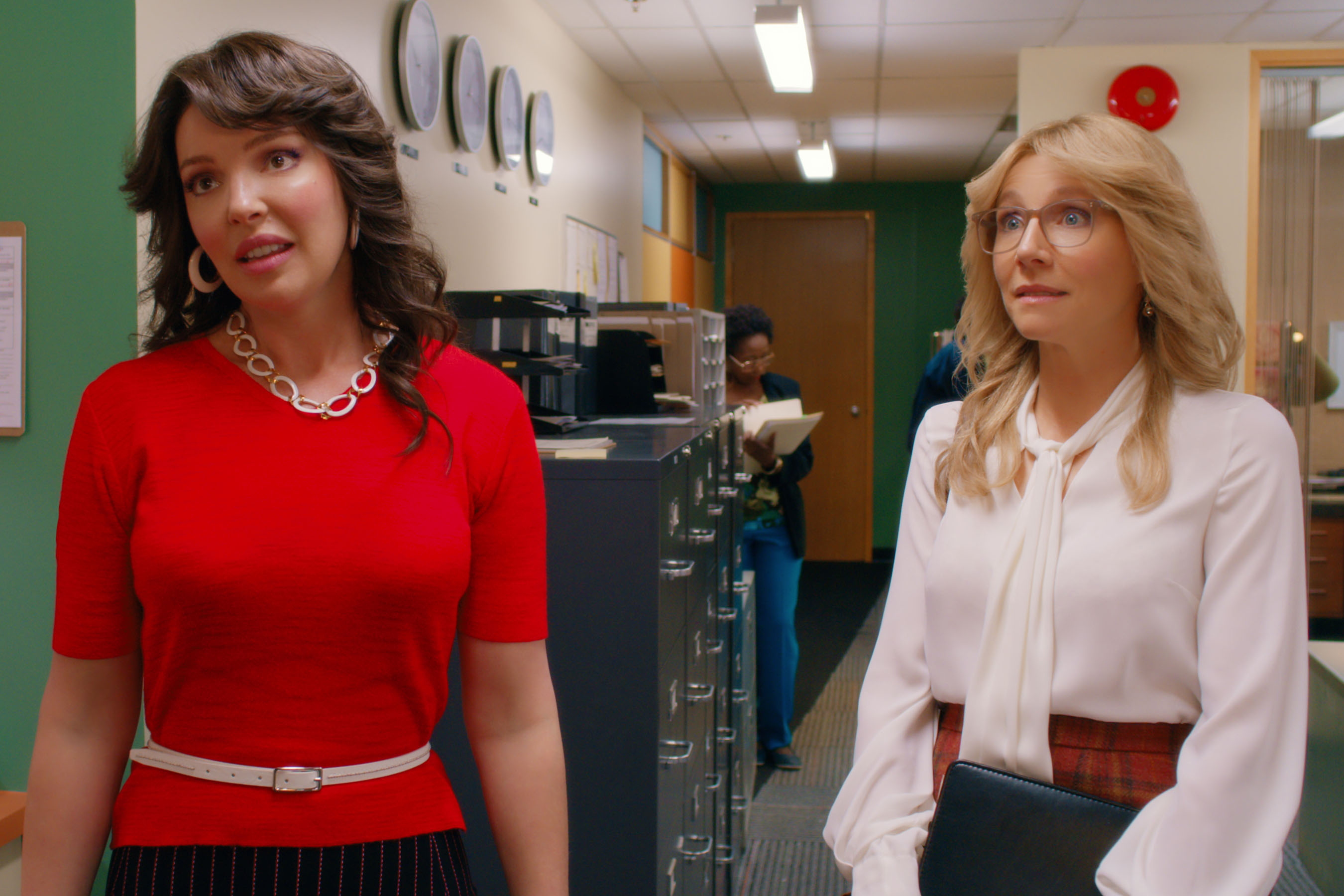
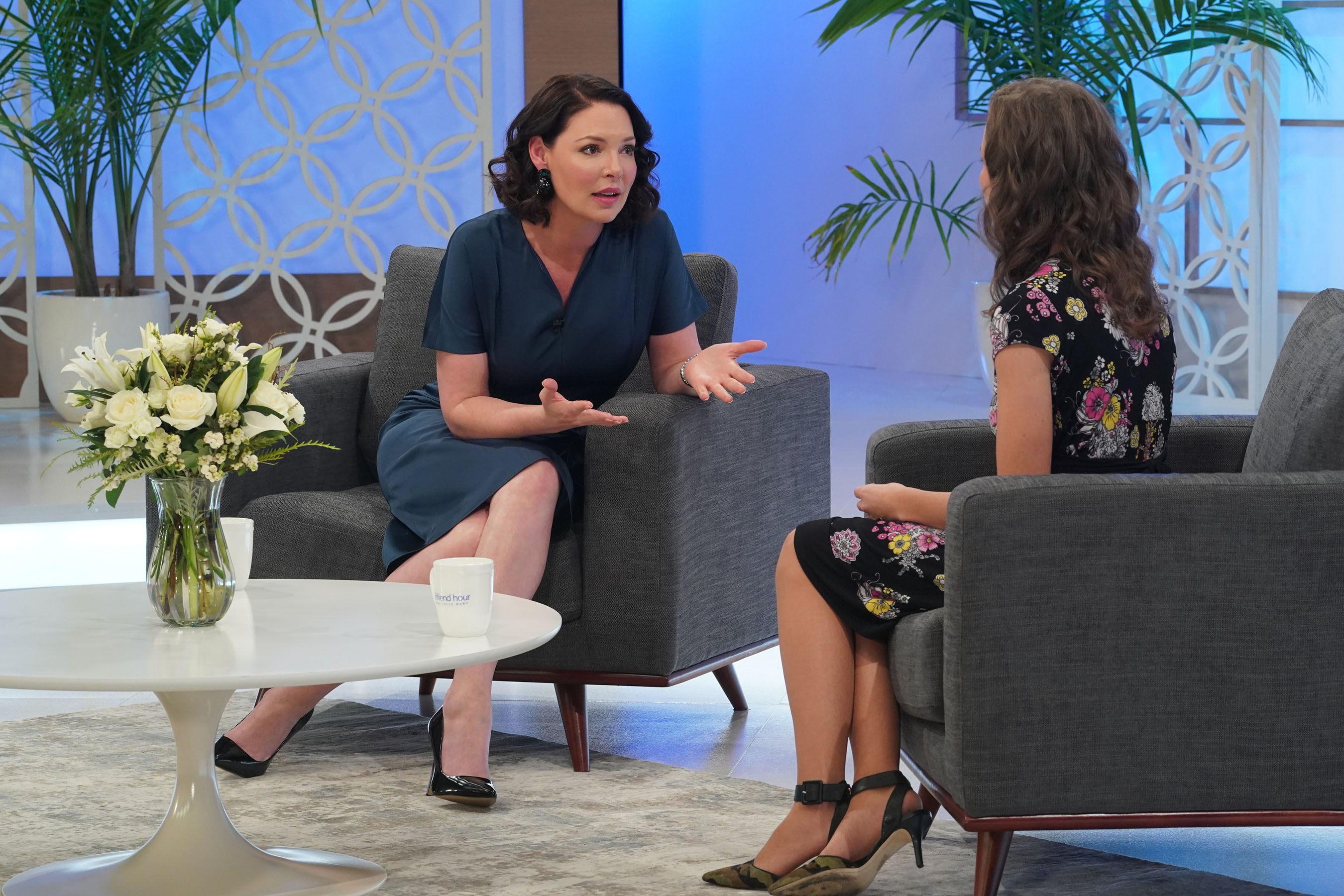
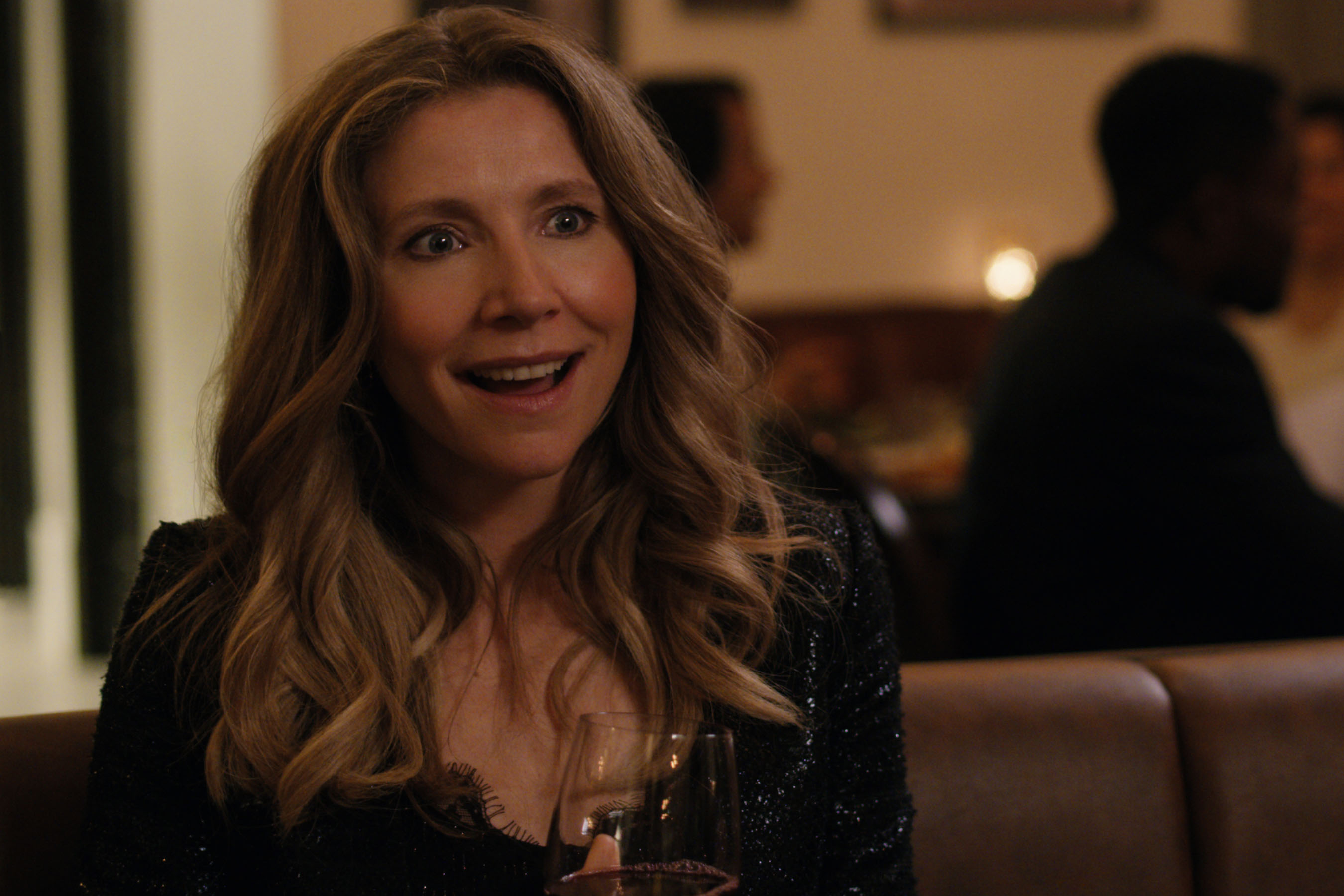
What was your favorite decade to style Tully? What about Kate?
I especially loved the ’80s as a whole, since it changes so much within the decade. All of the characters had a really cool dressy ’80s look with big hair and shoulder pads. In the ’80s everyone was done. You left the house dressed up in a look—there was so much personality. You could look completely different than the person you were standing next to and yet you were appropriately dressed.
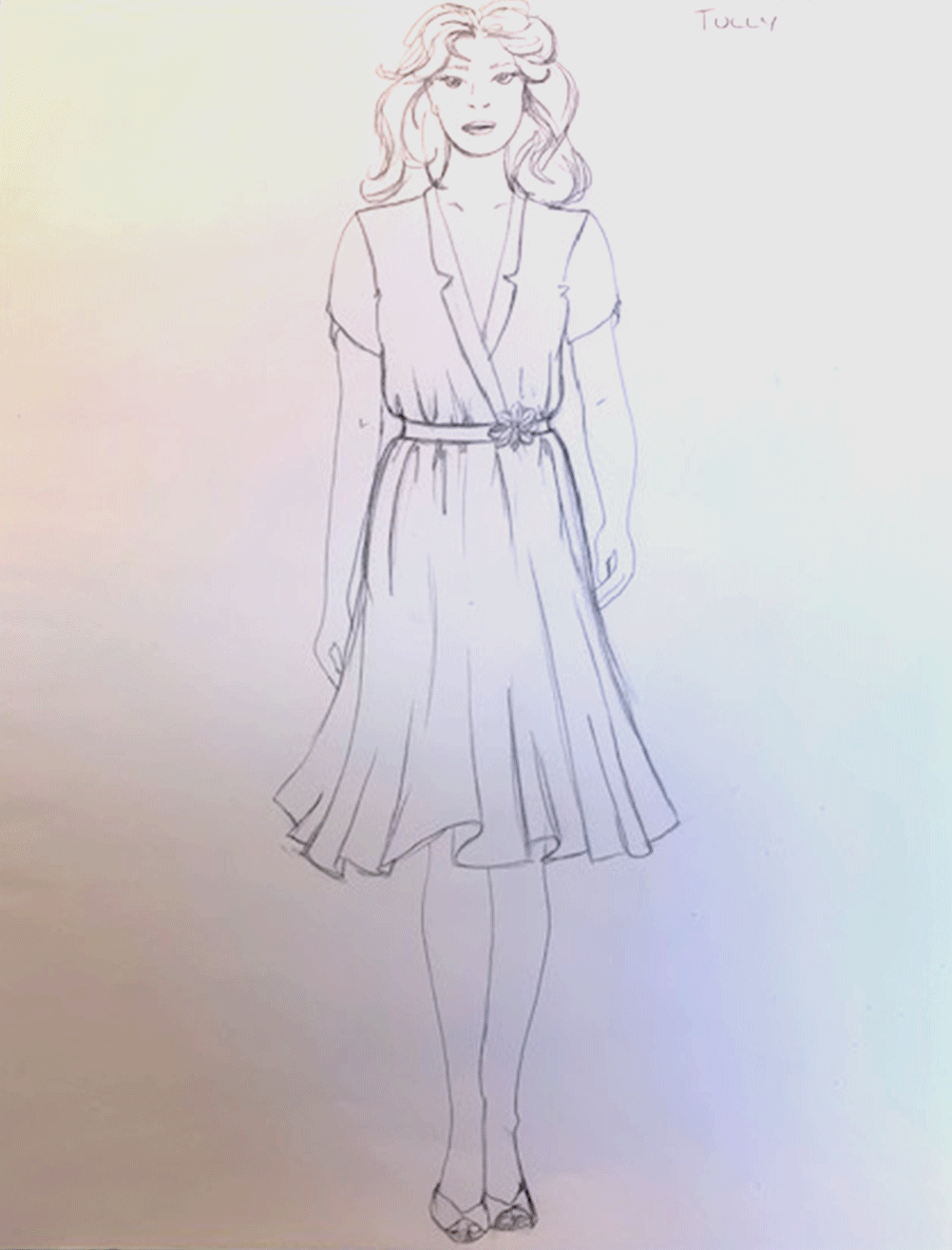
I really loved all of the costumes at the late-’80s wedding. Tully’s purple-and-black suit was one of the ones that we found in a thrift store. With a little bit of tweaking, very minor alterations it fit. We didn’t have to do anything to it—it was perfect and fit Katherine Heigl like a glove.
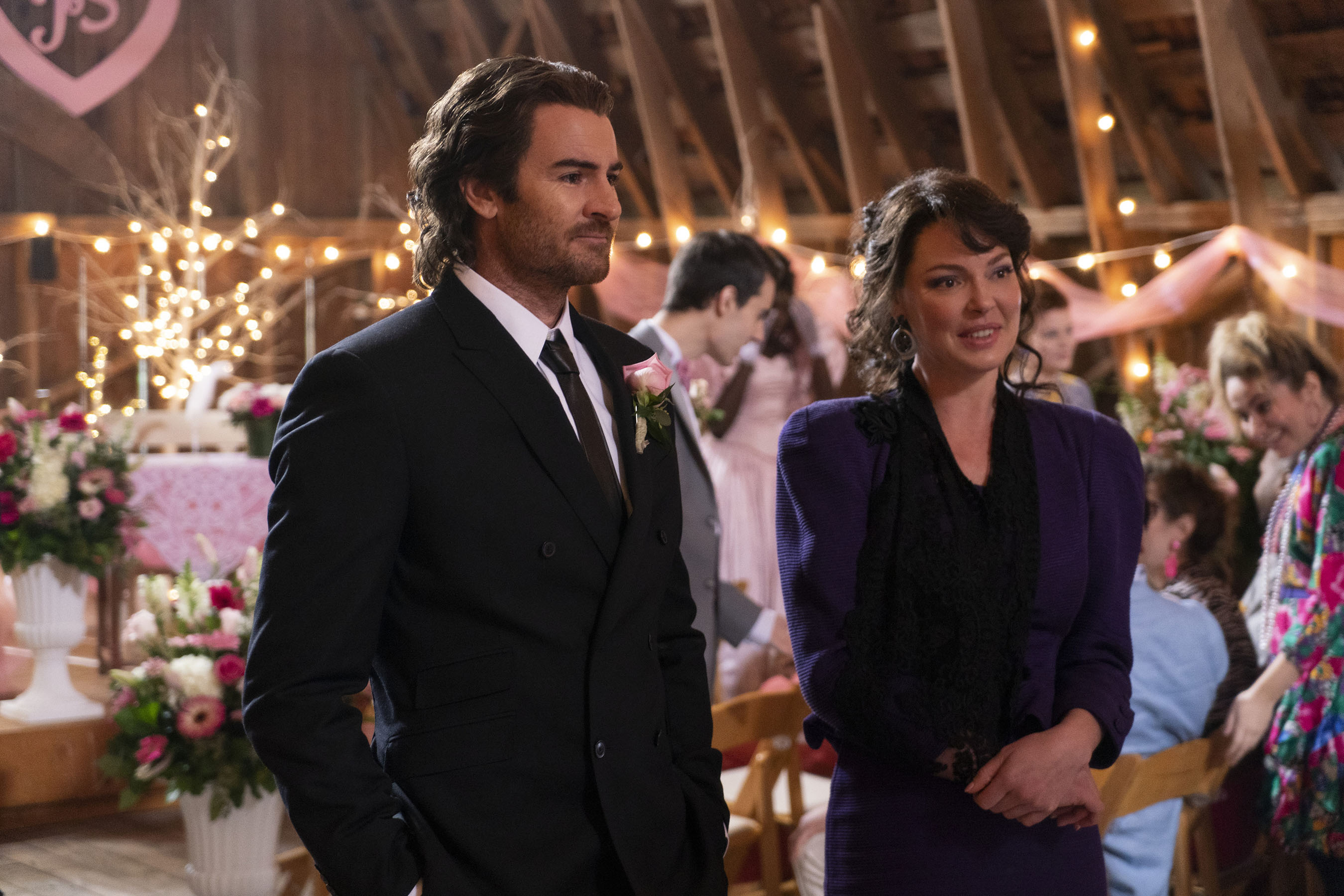
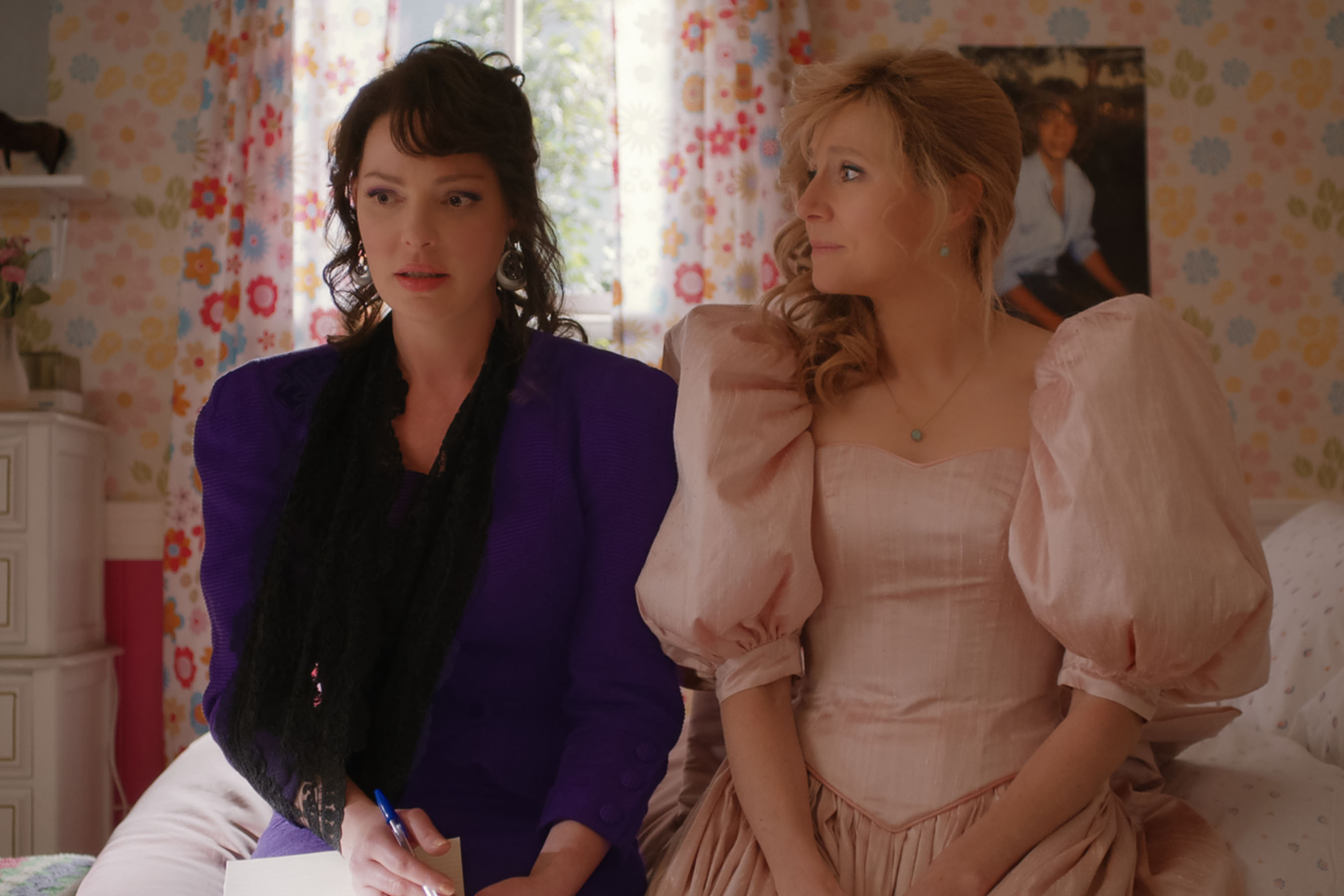
We modeled Kate and the other bridesmaids’ dresses after a bridesmaids dress I actually wore in 1987 with a boned bodice and basque waist that dips in front and exaggerated sleeves. We needed so many yards of the pink raw silk that we had to preorder it and it came straight from the factory in India. It’s just beautiful fabric.
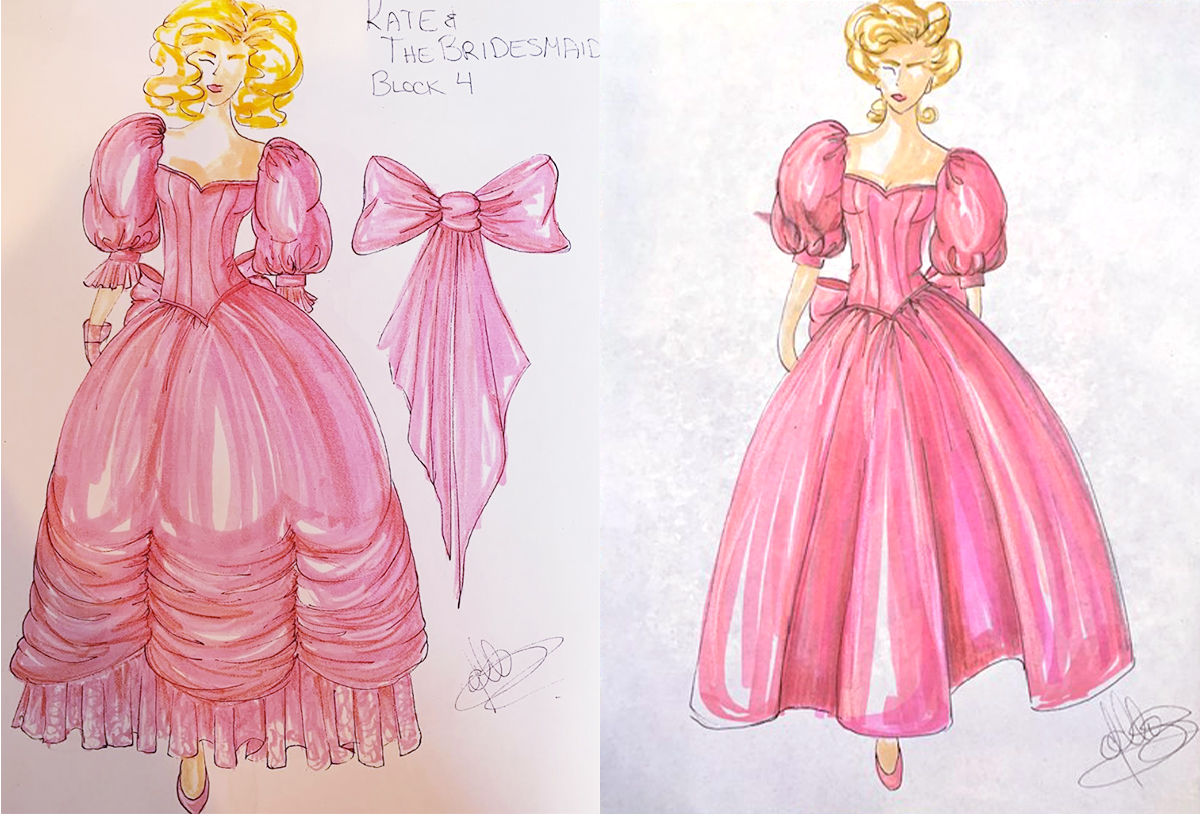
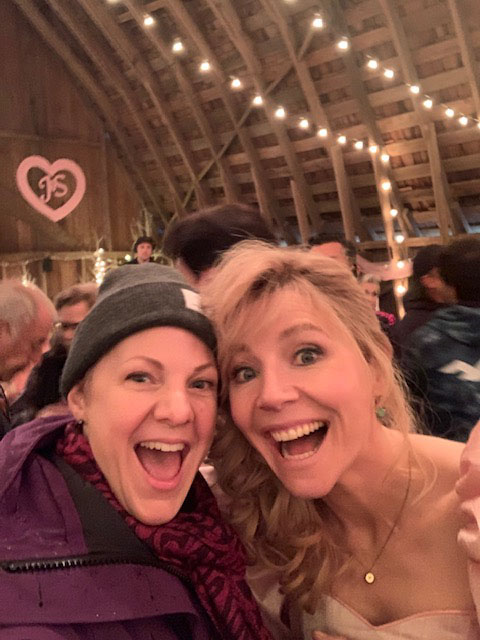
For the men, Richard Gere was a major influence, as well as popular movies of the time like Ferris Bueller’s Day Off and Back to the Future. Interestingly enough, menswear doesn’t change the way womenswear does. There are subtle differences, like in the ’80s waists were higher and shirts were tucked into pegged and cuffed jeans.
In the 2000s, everyone was wearing their pants very low on the hip and super baggy. All the men in the show, particularly in the 2000s, look like they’re in dad’s clothes. Everything is too big. It was actually really hard to make the men look sexy in the 2000s when needed them to and yet keep to the fashion of the day.
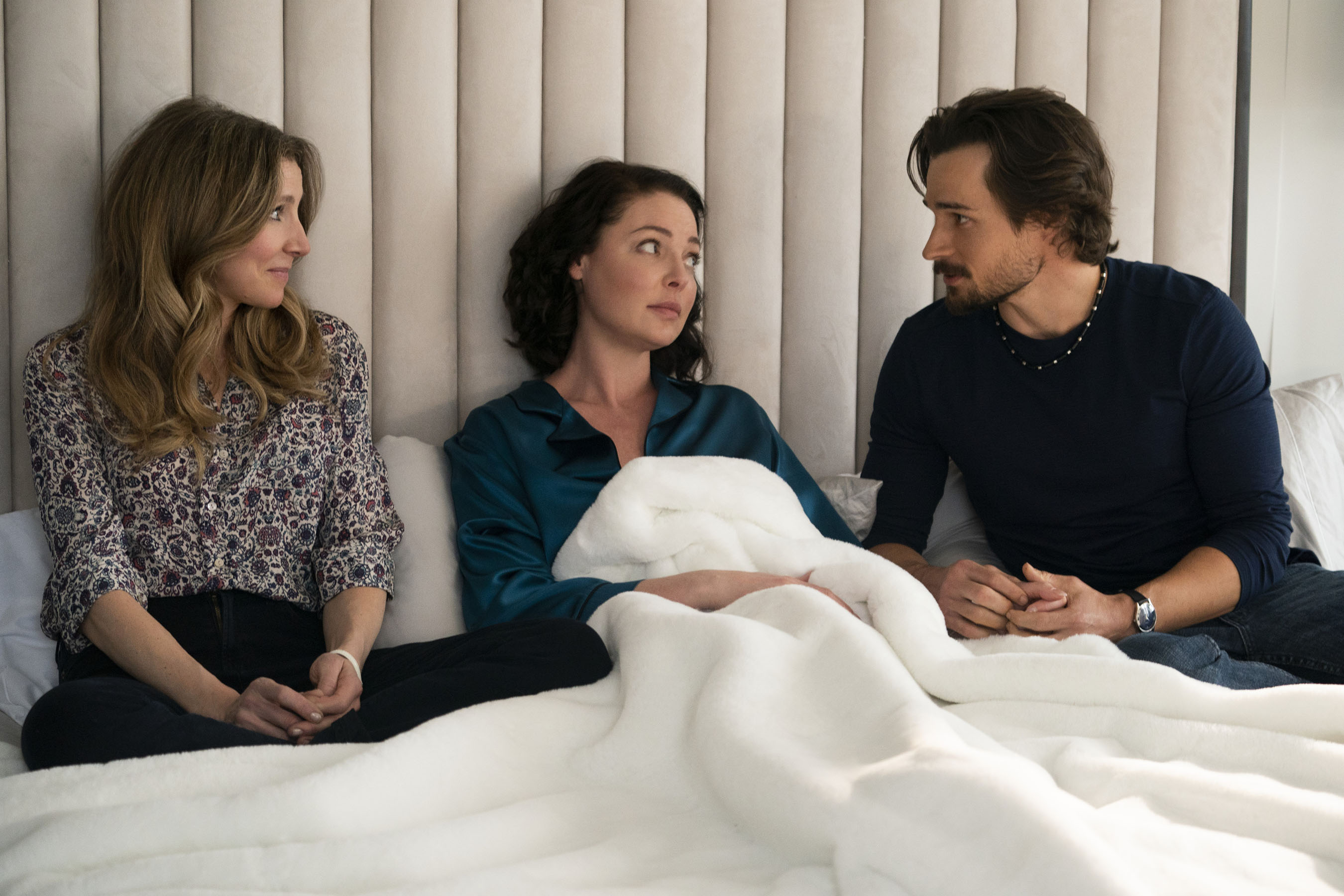
What are your tips for vintage shopping or thrifting for pieces from a particular era? Were there any specific brands you looked for?
My approach was more about achieving the overall style of the decade. There were so many people to dress from head to toe that shopping for a specific brand wasn’t a priority. I thought when we did our thrifting it would just be for background and concepts, but we found such good-quality pieces that a lot of the stuff we thrifted was actually worn in the show. In the trailer, Tully wears a beautiful black knit jumpsuit with the pearl neckline from the ’80s. We found that at a thrift store and it was in fantastic shape.
High-waisted jeans were coming back when we started shooting, so we’d shop for pants in a couple sizes higher in order to get a good high waist and then take it in at the waist and leave the legs bigger. Overall, the jeans were a mix of vintage pieces and some from today’s stores, many augmented to fit the girls in the waist properly.
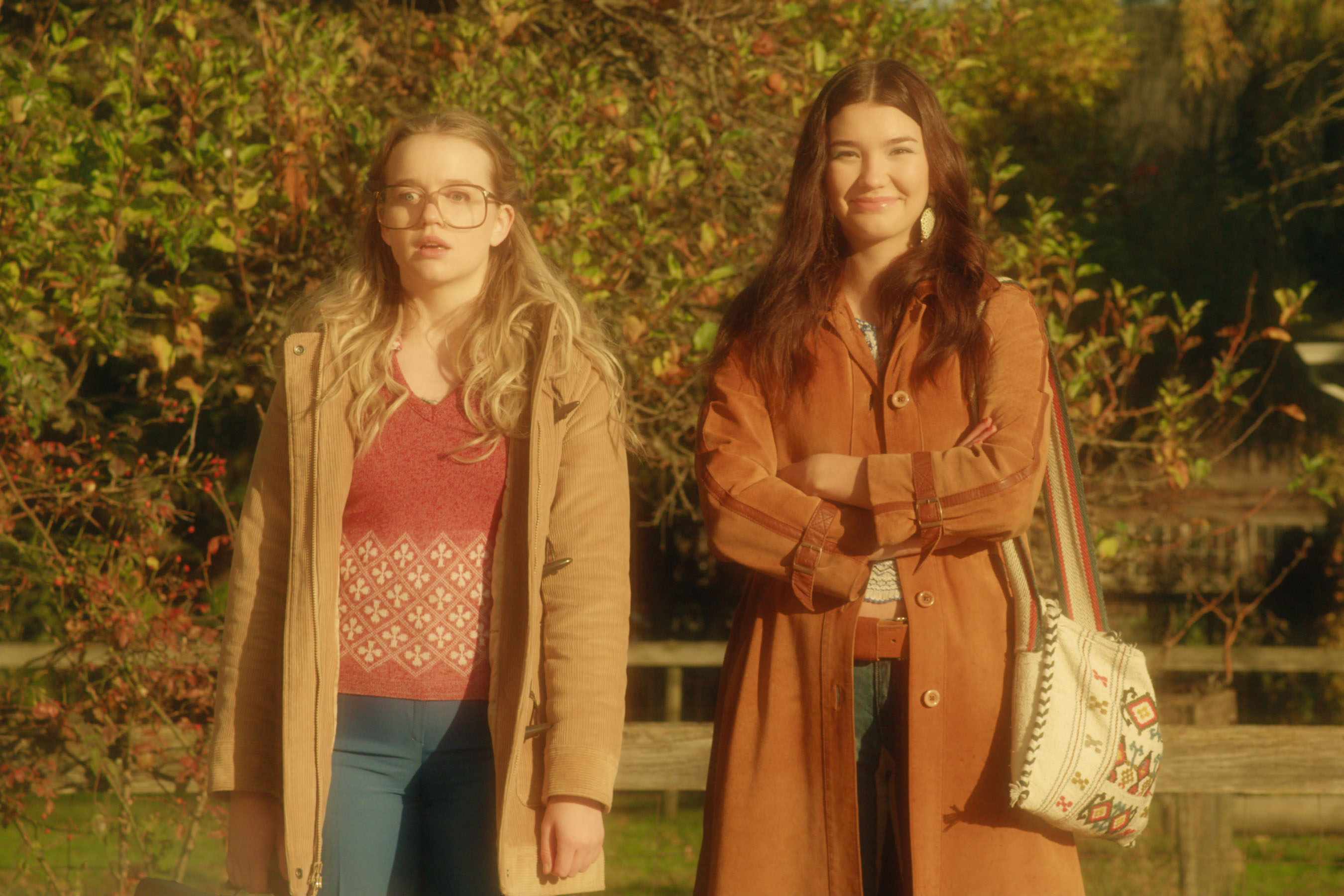
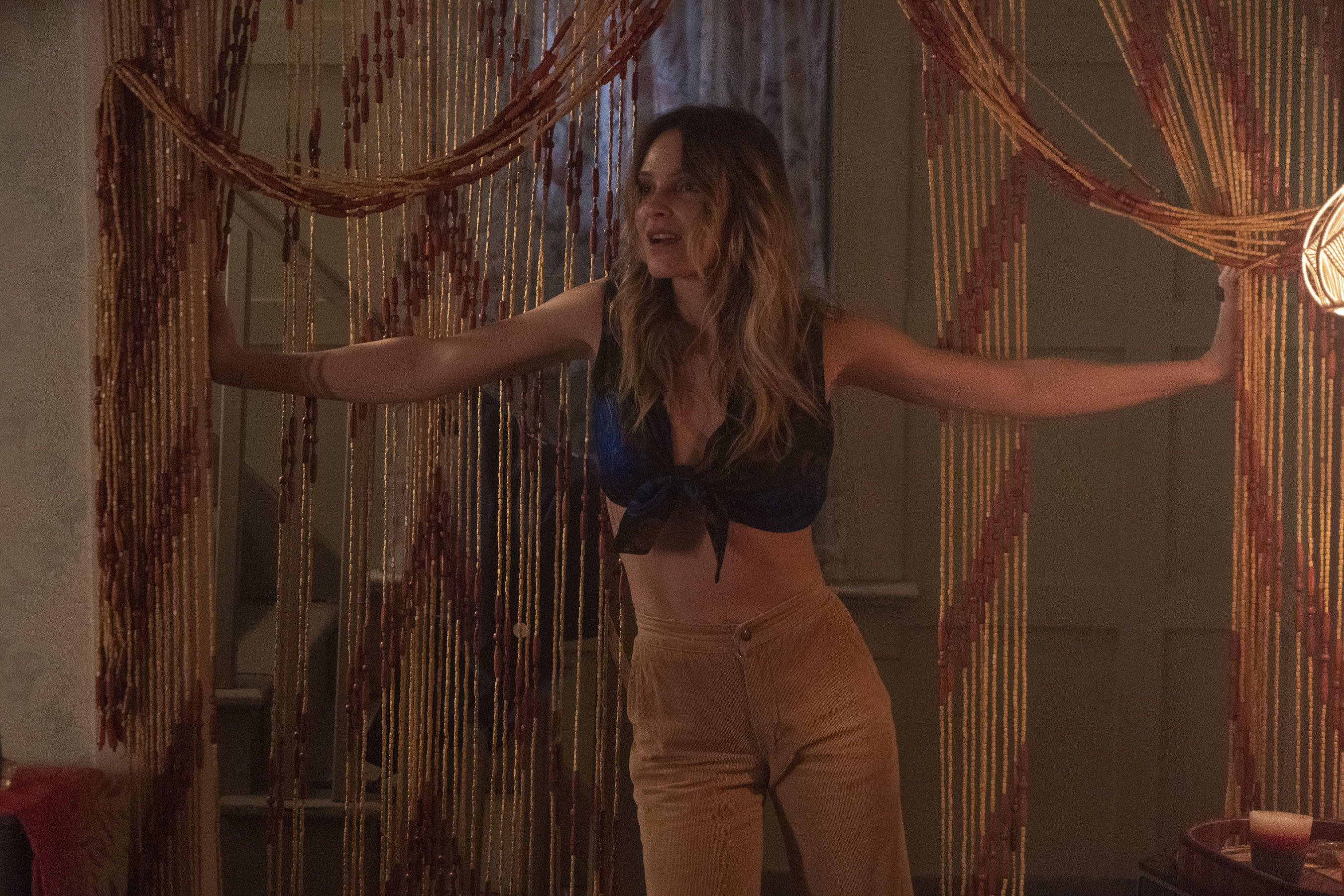
Let’s talk about accessories. Kate’s glasses obviously evolve throughout the year, which as a glasses-wearer I love. How did you source those frames?
Glasses generally fall under the props department, but because fashion was so important, we would decide on them together. First, the actress would come in for her fitting, we’d get her looks going, and then about a couple looks in, props would come in with the glasses and together and we’d pick our top two frames. If I didn’t think a pair of glasses went with Kate’s overall look, we didn’t let Sarah try them on at all.
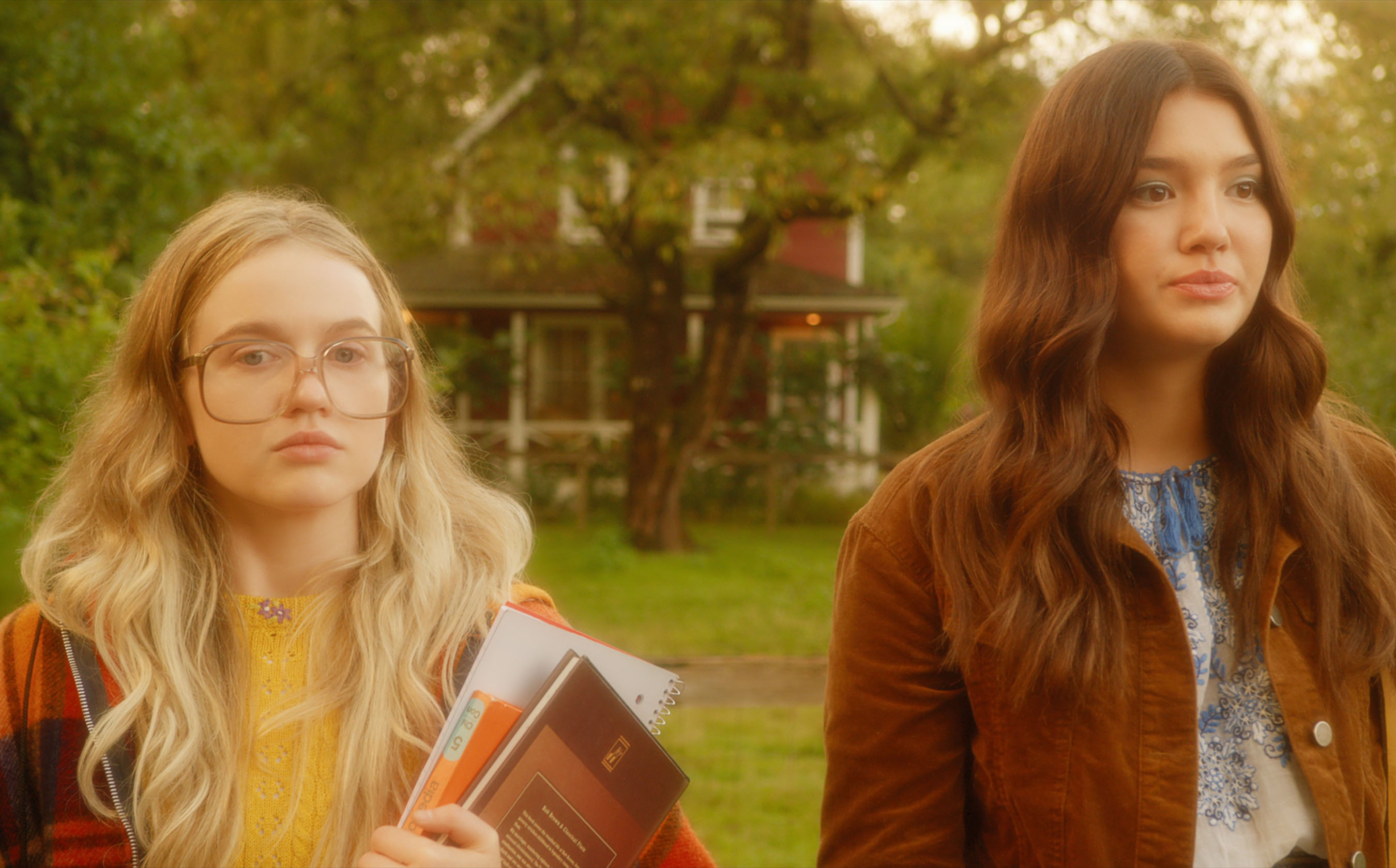
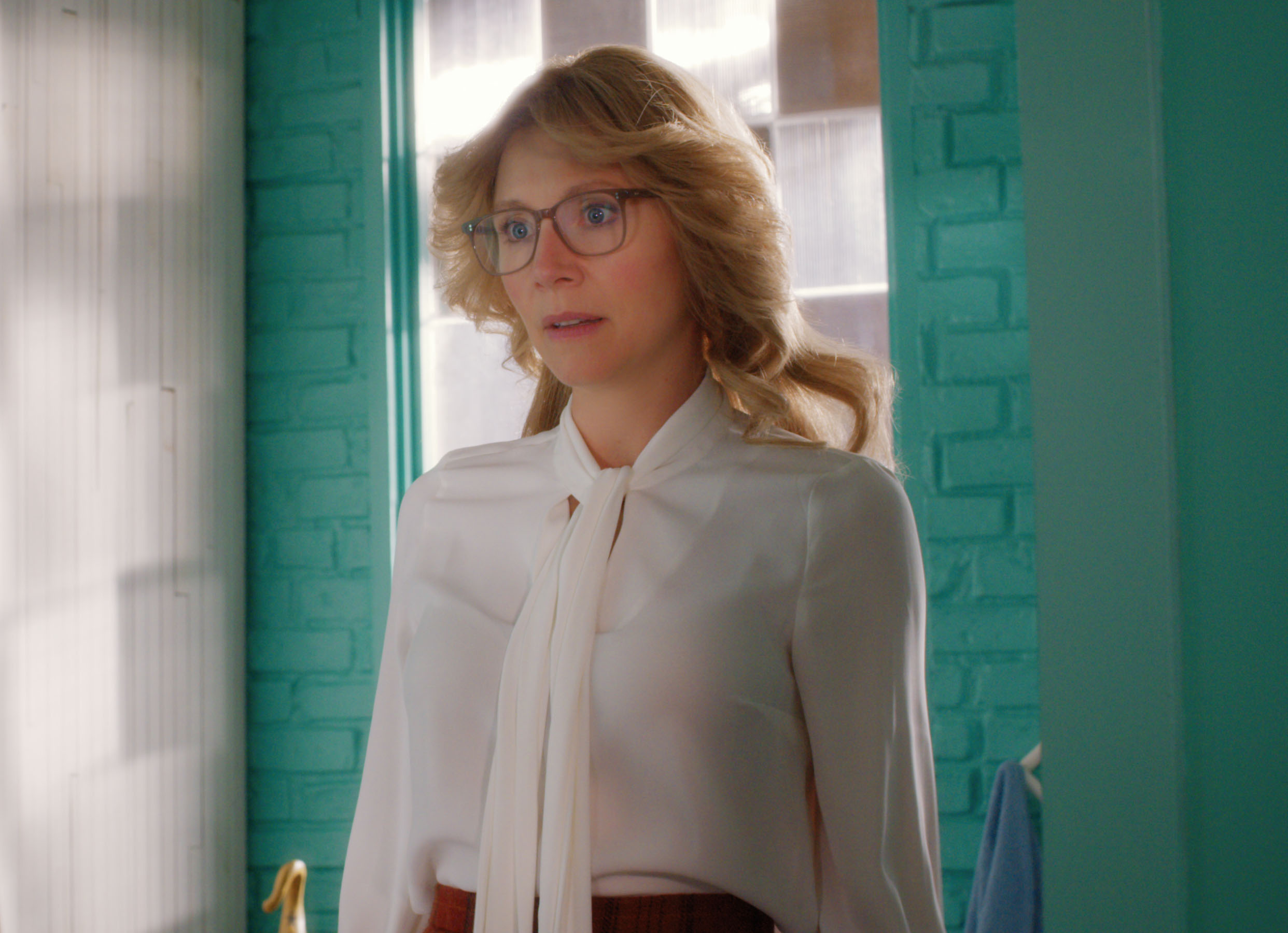
Also, jewelry is prevalent, particularly for Tully. Can you tell me about working with Jewels for Hope?
The ’80s specifically were jewel-centric—everything was big and oversize and everybody wore jewelry every day. Even in the 2000s, jewelry was a big part of completing an outfit. When we reach the 2000s in the show, Tully has a lot of money, so her jewelry had to look luxe and expensive. Tully is never going to go out and not look her best, and that includes the jewelry that is the frame for our faces.
During filming, we shot two episodes at a time, which is called blocked shooting. Before each block started I would take at least an hour to go through Tully’s lineup and plan the jewelry that went with each outfit. It could take hours depending on how many changes she had. There were a few episodes where both Kate and Tully would have almost 40 changes over two episodes between the ’80s and 2000s.
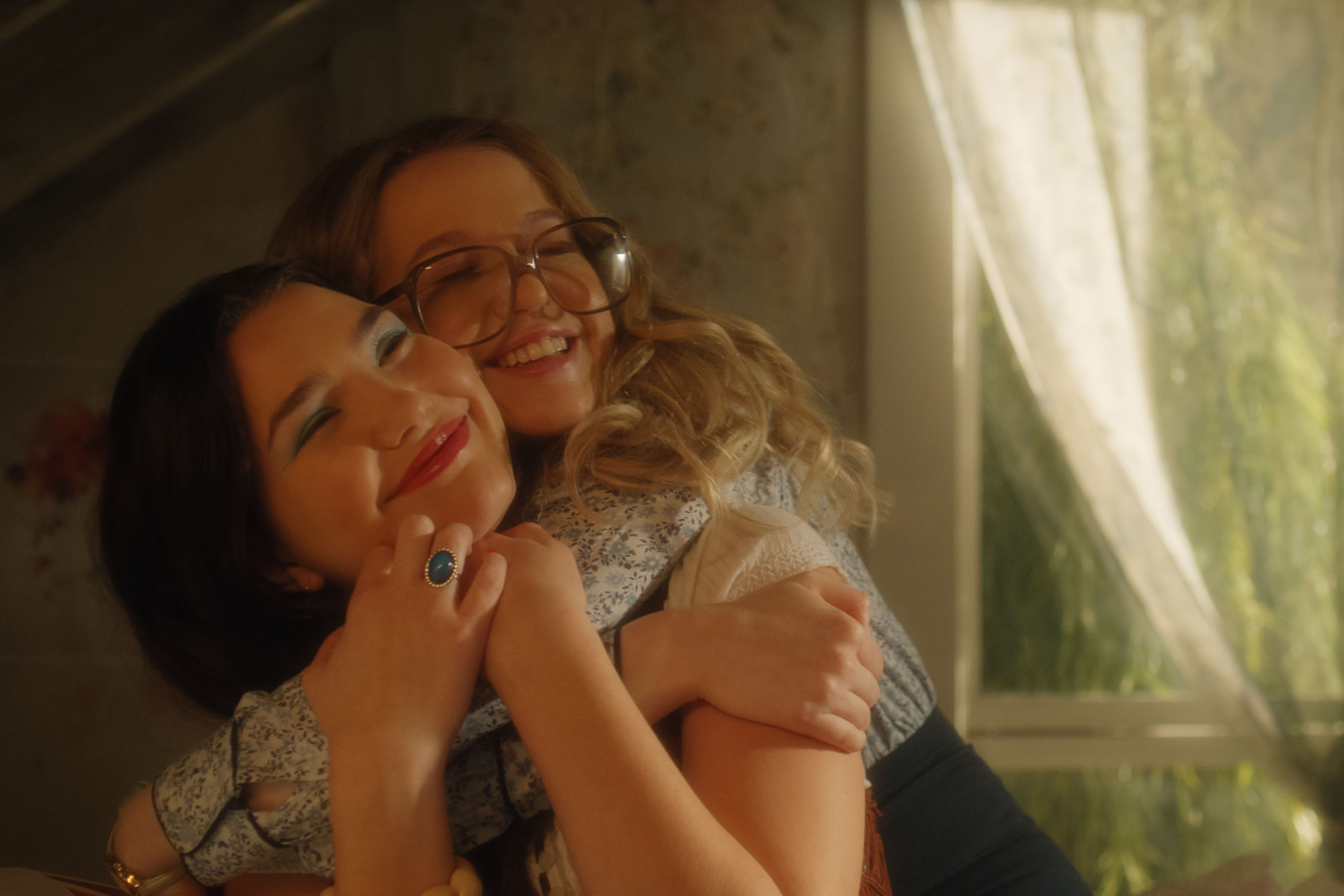
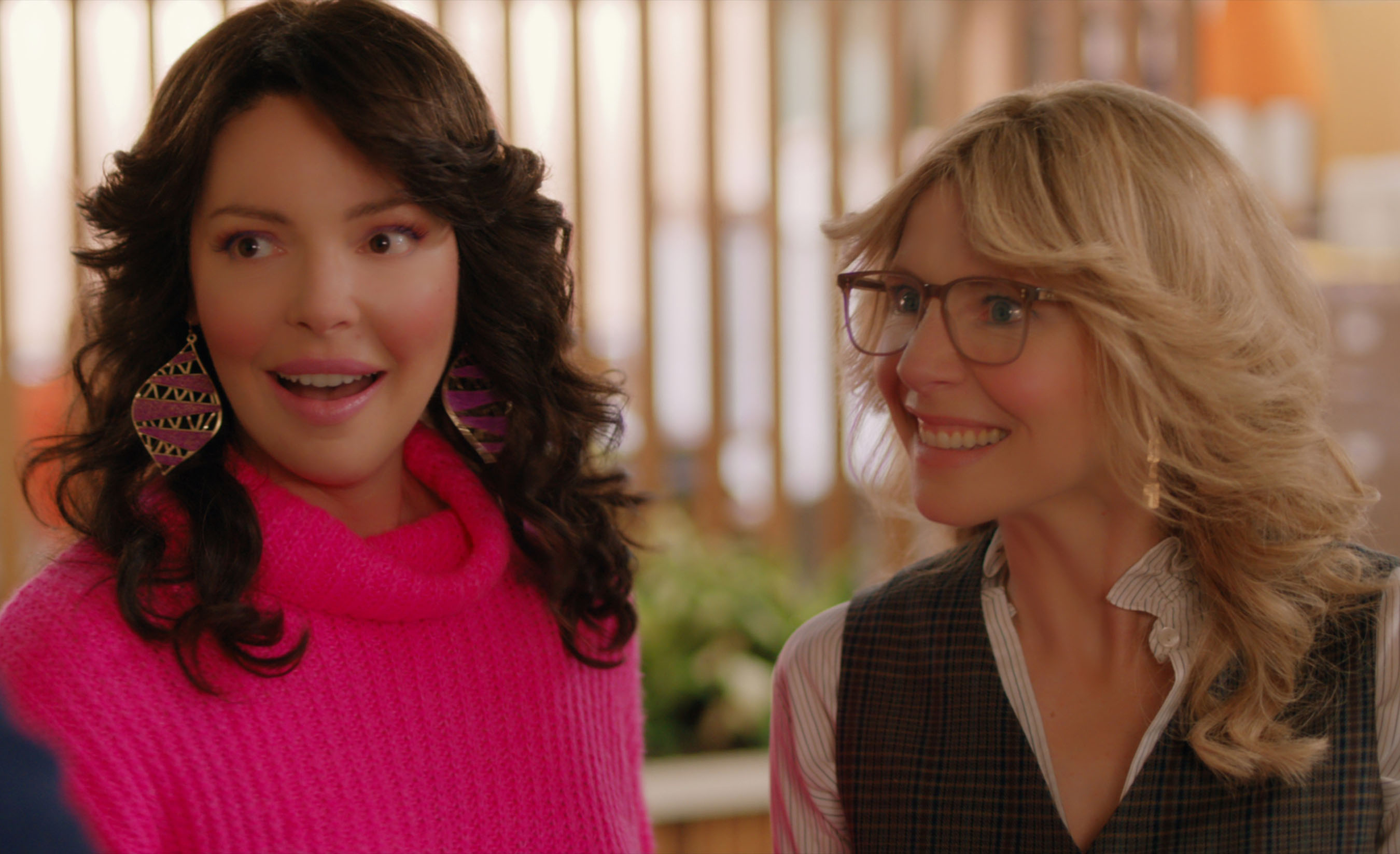
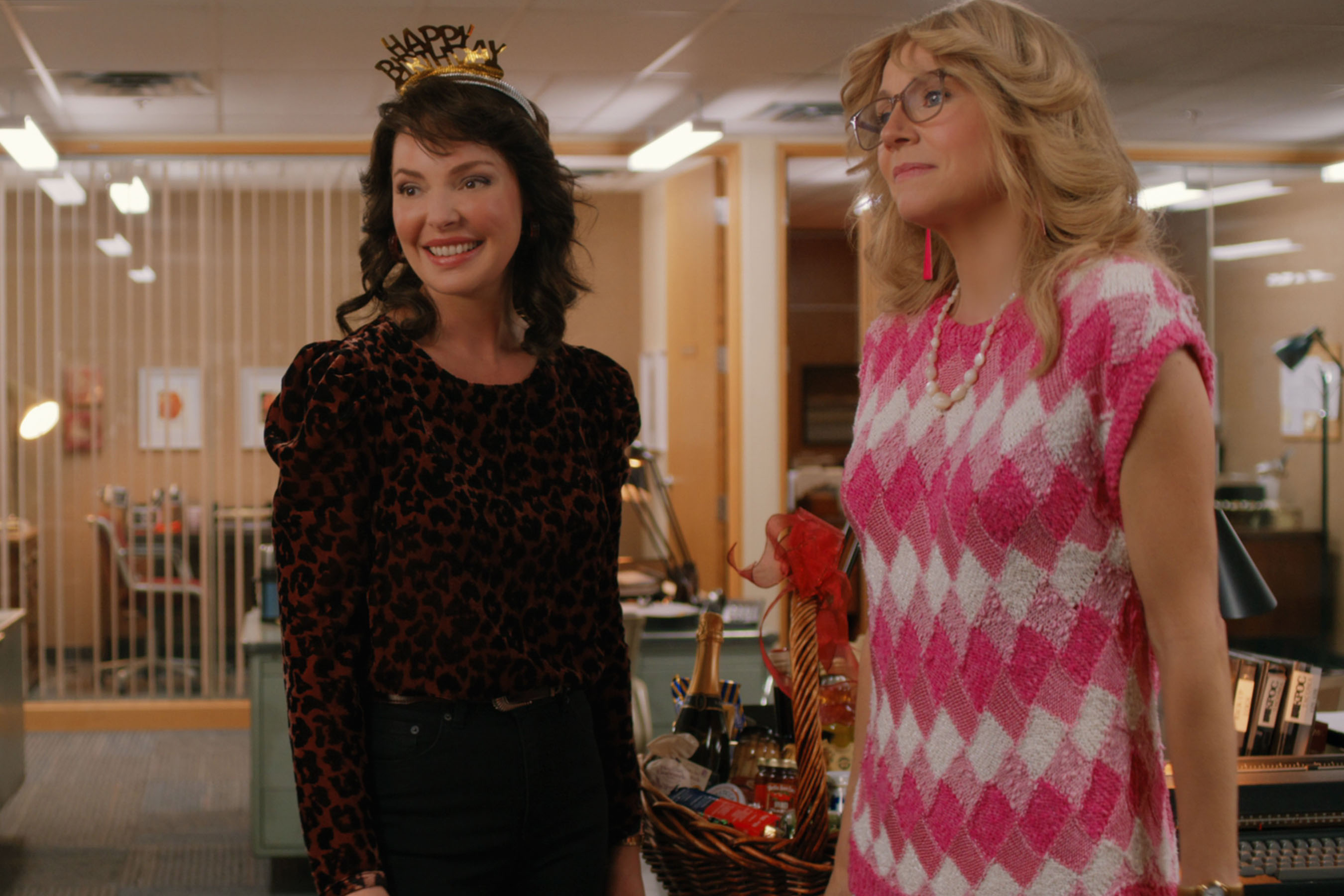
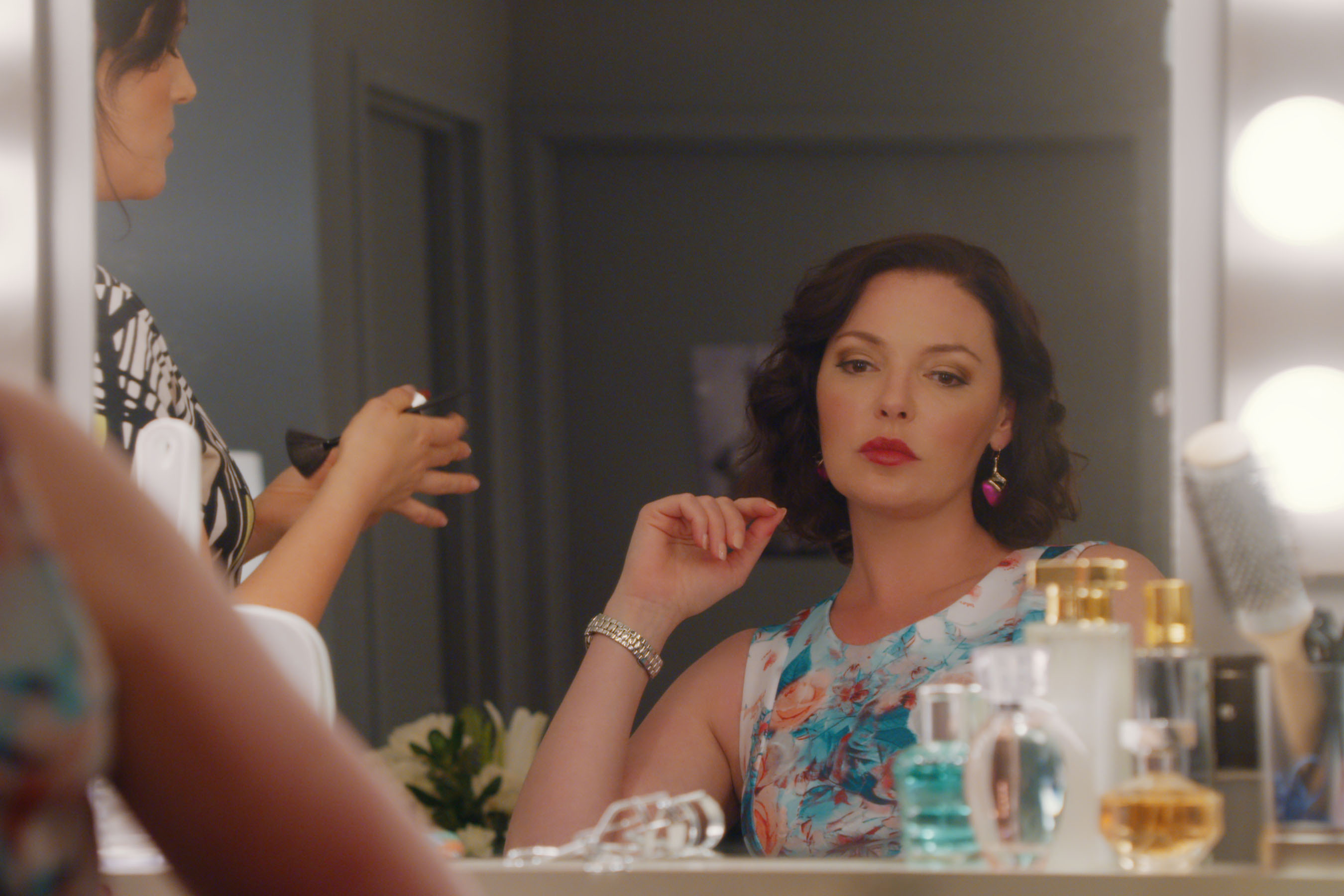
Sourcing the jewelry was also fun. I will call up Valerie Guerrero of The Artisan Group, who works with independent artists around the globe, and she will share what I am doing: "Firefly Lane for Netflix needs ’70s era rings, ’80s earrings, and big statement jewelry for the early 2000s.” In this case, I got the job two months before we started to prep, so I literally called her the next day and said "I’m doing a show that spans three decades. What do you have?”
All of the artisans from The Artisan Group collective, including Jewels for Hope, send handwritten notes about the piece of jewelry, how they made it, and where it comes from. I took all of the notes to set, and whenever we’d use a piece specifically from the artisans, we would write down who it went on and what episode it went in, so we could let Valerie know when they could see their work on screen. It’s a nice way for local artisans who hand-make everything to get the exposure that they wouldn’t normally get.
Once the episode comes out I’ll tweet or put it on Instagram and tag them. I’ve been using that service now since 2015 and I love it. I used it on The Hundreds and Once Upon a Time, and every piece they sent me got into the show on Firefly Lane. Every artist who made something for me got featured. All of the jewelry was so unique and special. I hope the viewers enjoy it as much as I did!
Up Next: I Stopped Wearing Jewelry During Quarantine—Here's How I Got My Sparkle Back
Drew Elovitz is originally from Pittsburgh, Pennsylvania, but has spent the last decade living and working in New York City. She earned a master's degree in media and popular culture from New York University, then began her career on the internet as the Twitter voice of Barbie. She worked previously at Who What Wear as the director of content strategy and also spent several years leading the social media teams at Teen Vogue and Entertainment Weekly. You'll find her byline on the site around topics such as celebrity fashion, must-have basics, beauty favorites (particularly nail polish), and wellness tips and tricks.
-
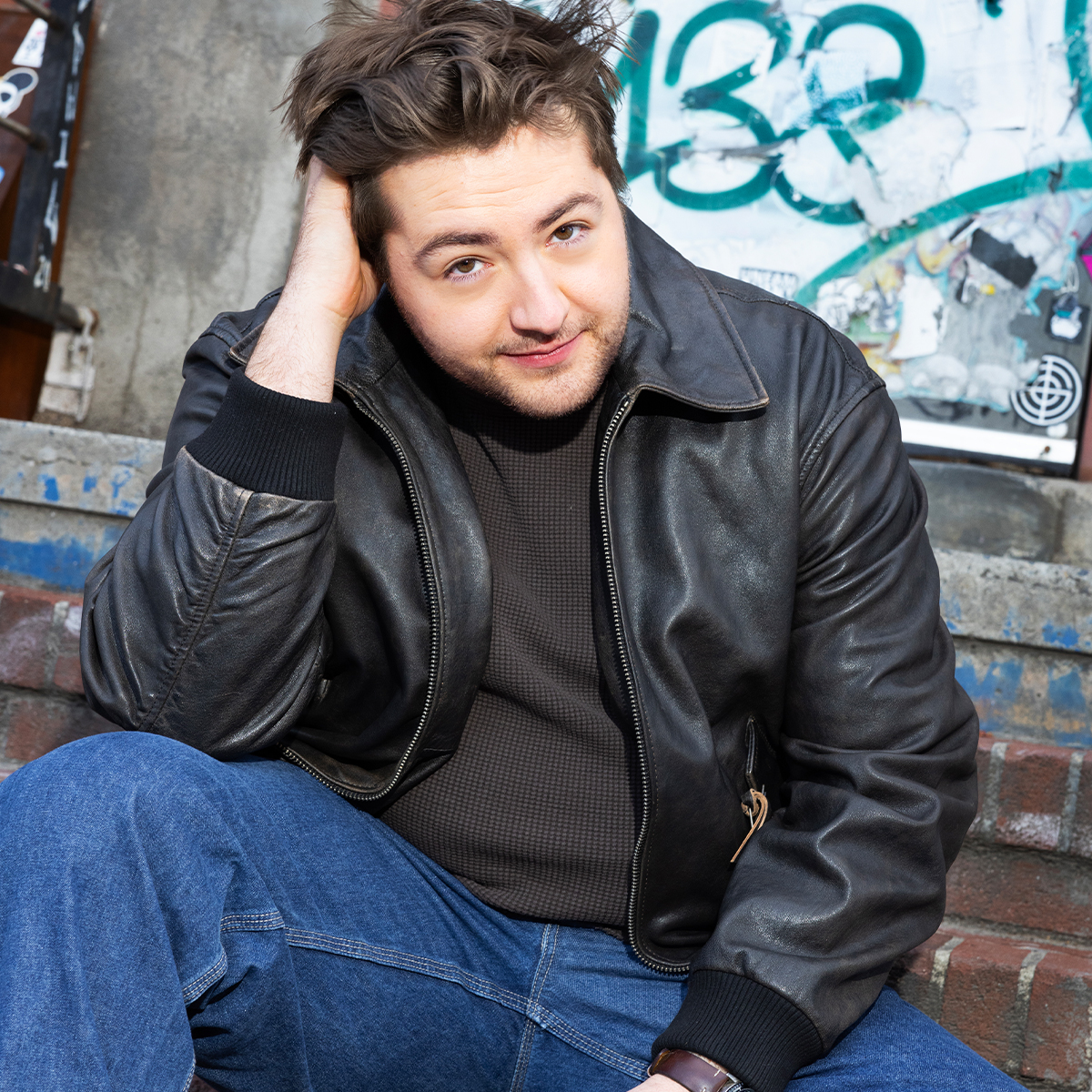 Michael Gandolfini Is Right on Time
Michael Gandolfini Is Right on TimeWith the anticipated finale of Daredevil: Born Again and A24's Warfare, the actor strikes a high note this month.
By Jessica Baker
-
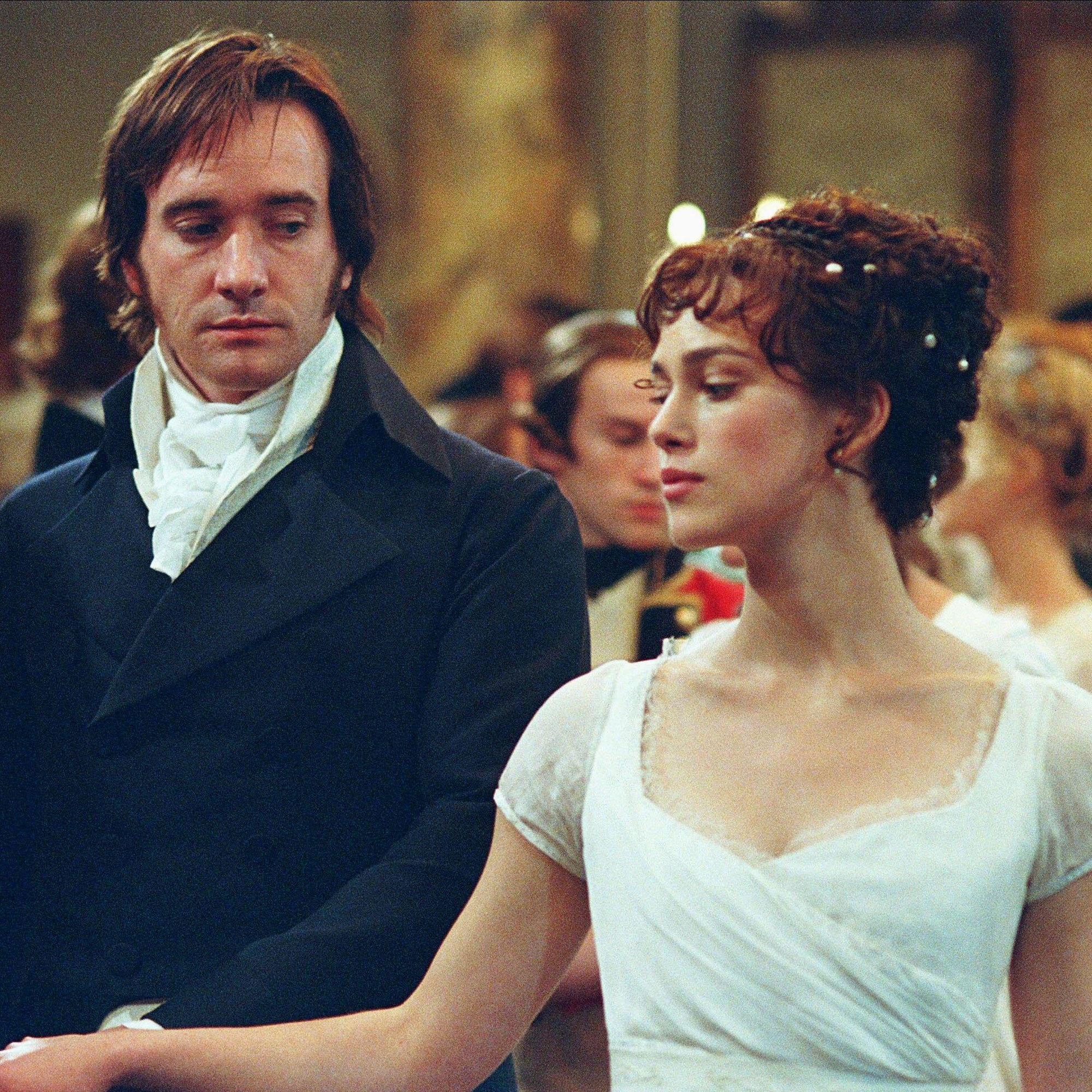 Netflix Is Reviving Pride & Prejudice—Find Out Who Will Play Elizabeth and Mr. Darcy
Netflix Is Reviving Pride & Prejudice—Find Out Who Will Play Elizabeth and Mr. DarcyThis casting news is so exciting.
By Erin Fitzpatrick
-
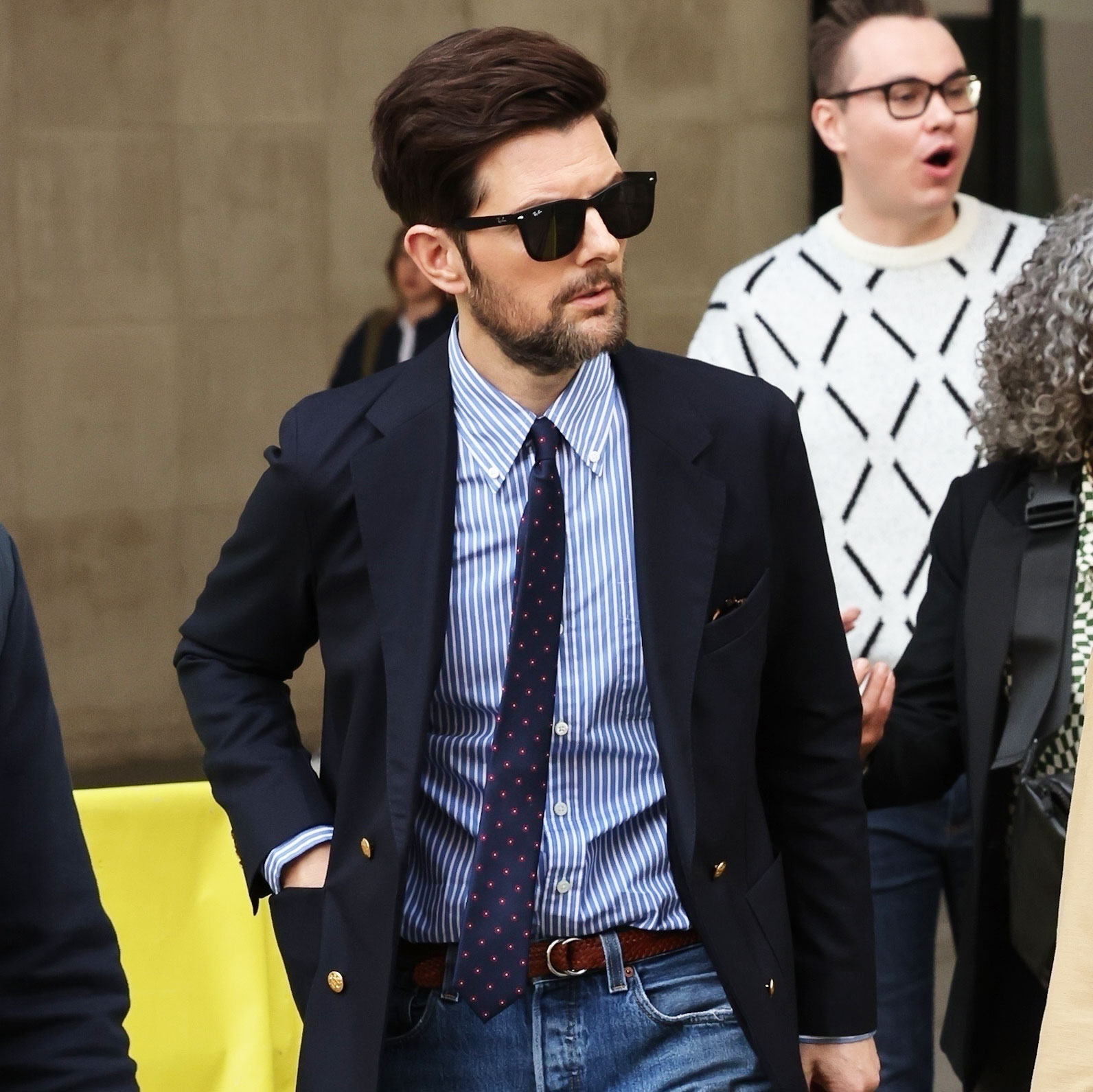 SOS: Adam Scott and Tramell Tillman Have No Right to Look *This* Good in Jeans
SOS: Adam Scott and Tramell Tillman Have No Right to Look *This* Good in JeansTheir new outfits are criminally cool.
By Erin Fitzpatrick
-
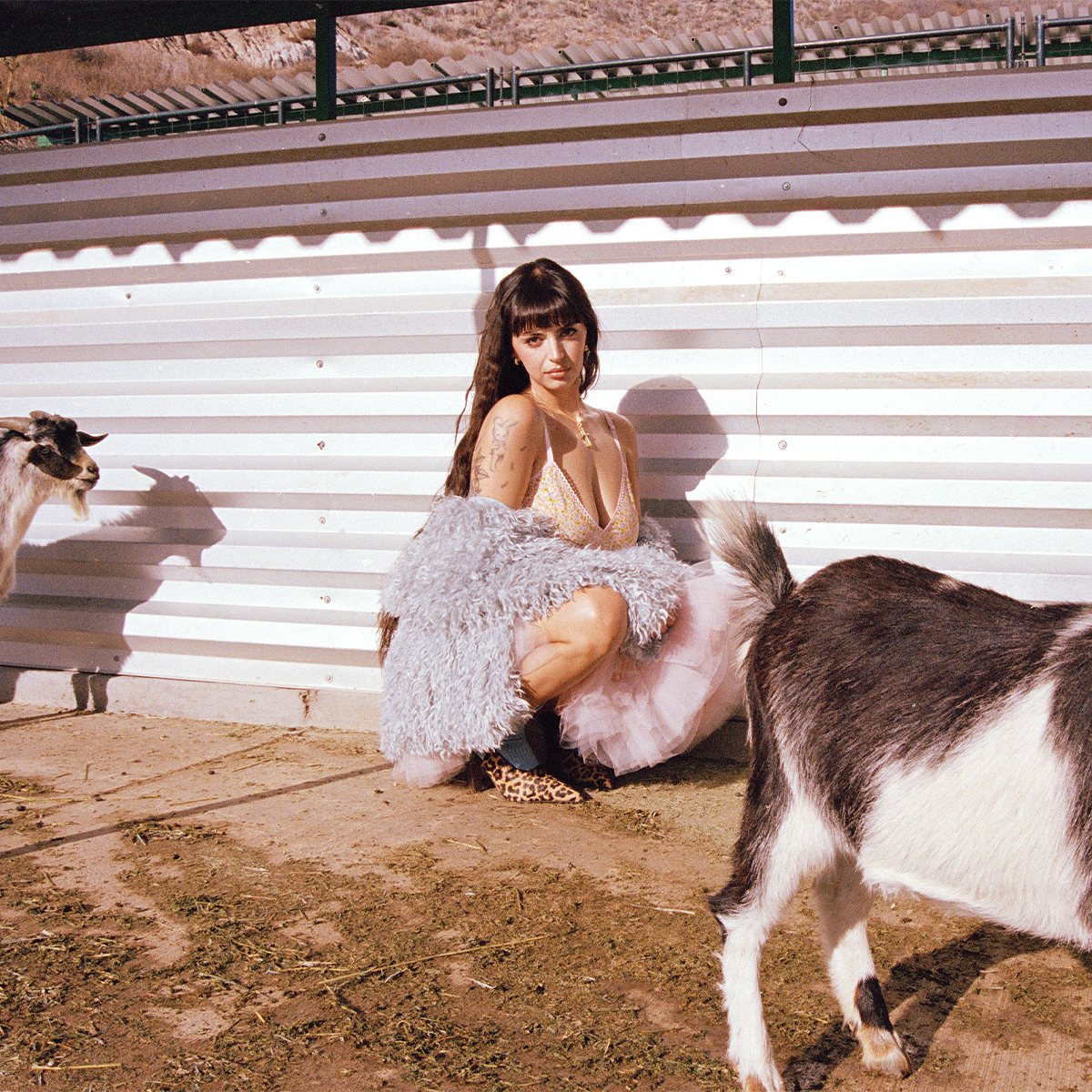 Rebecca Black Is Back and Ready to Show You All of Herself This Time
Rebecca Black Is Back and Ready to Show You All of Herself This TimeThe "Friday" singer has a brand-new pop EP, Salvation.
By Jessica Baker
-
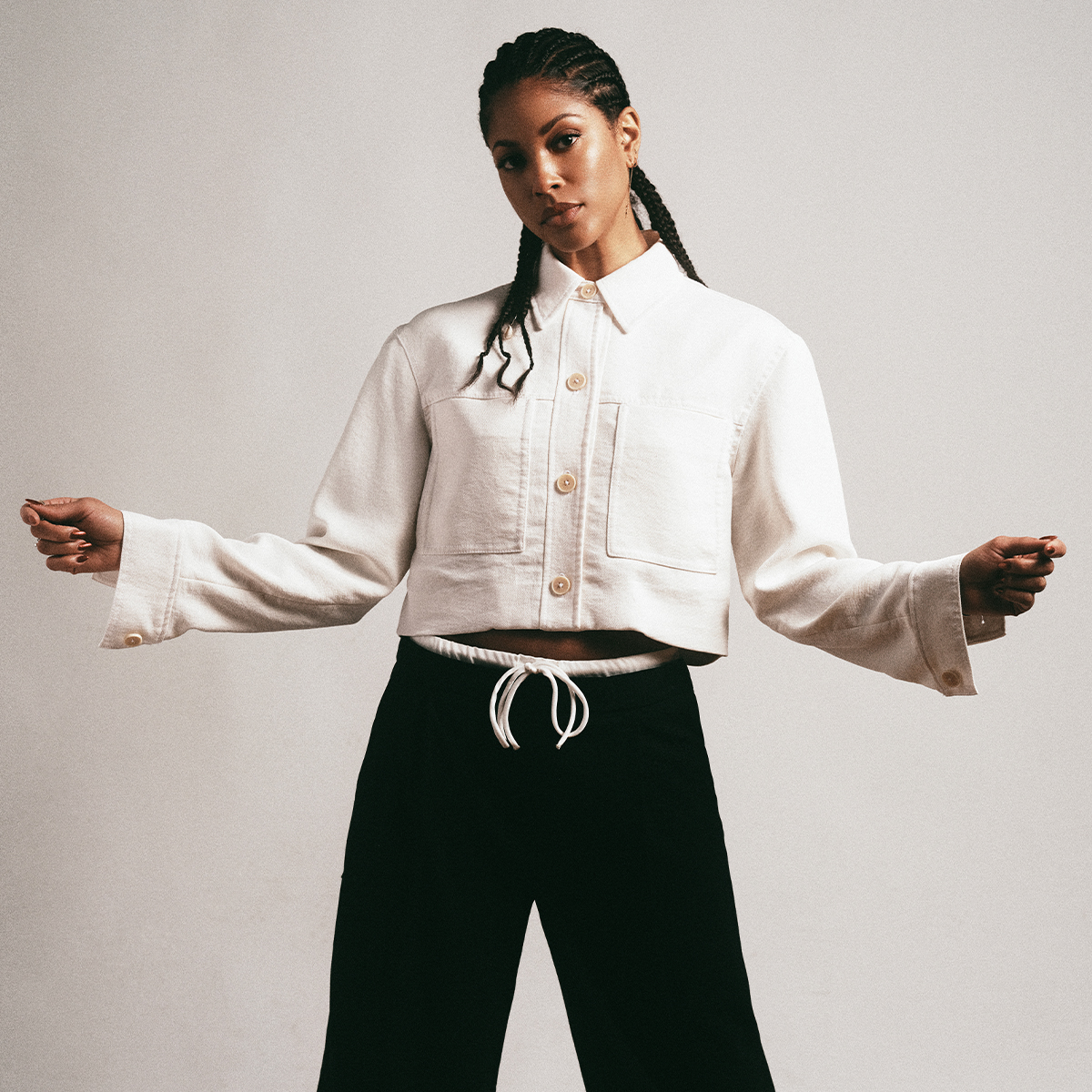 Lex Scott Davis on Joining the Suits Universe and Her Character's Iconic Wardrobe
Lex Scott Davis on Joining the Suits Universe and Her Character's Iconic WardrobeA lesson in power dressing.
By Jessica Baker
-
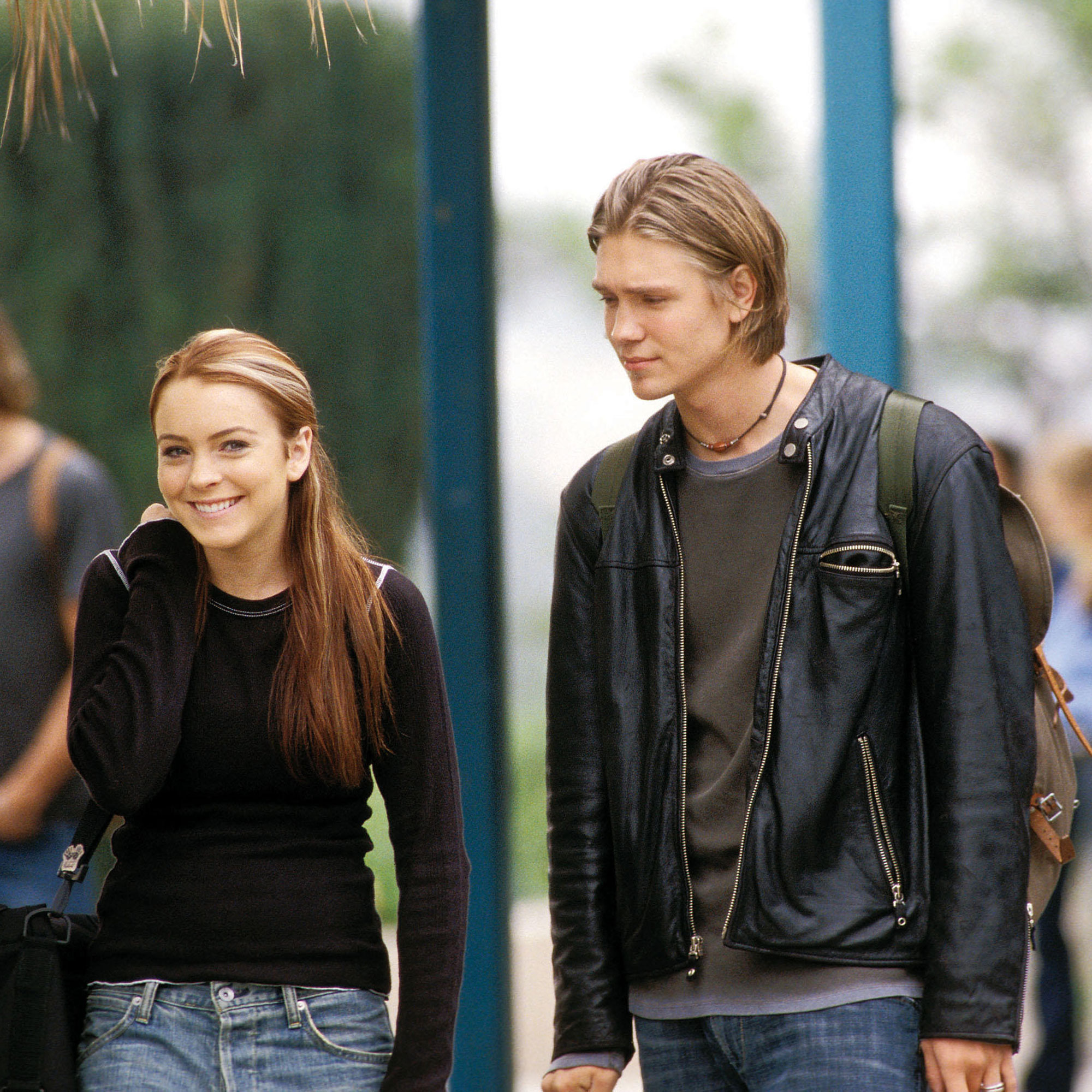 The First Trailer Just Dropped for Lindsay Lohan's Freaky Friday Sequel—Watch It Here
The First Trailer Just Dropped for Lindsay Lohan's Freaky Friday Sequel—Watch It HereThe original premiered in 2003.
By Erin Fitzpatrick
-
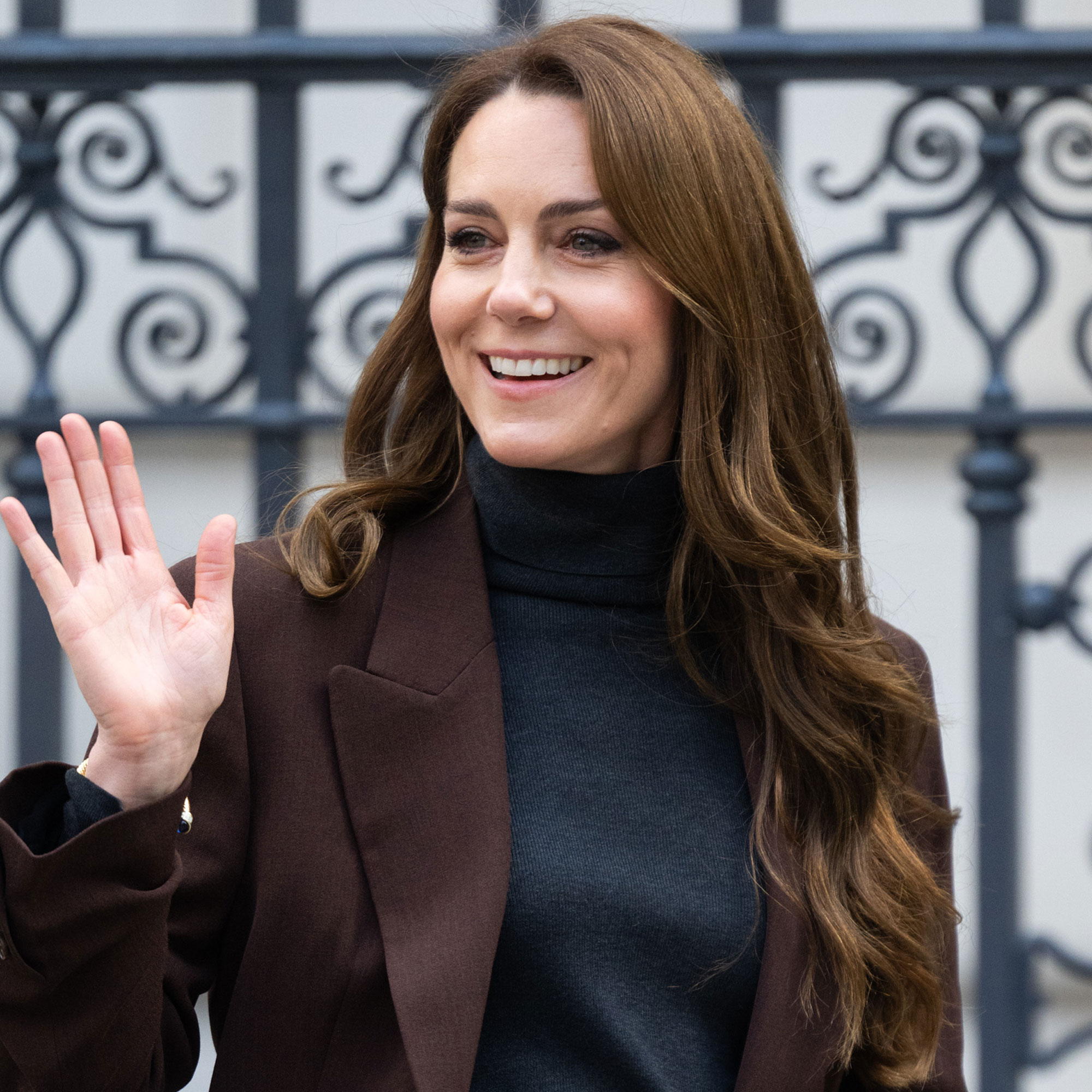 Kate Middleton Just Resurrected the Once-Forgotten Trend She Last Wore in 2007
Kate Middleton Just Resurrected the Once-Forgotten Trend She Last Wore in 2007It's as chic as ever.
By Drew Elovitz
-
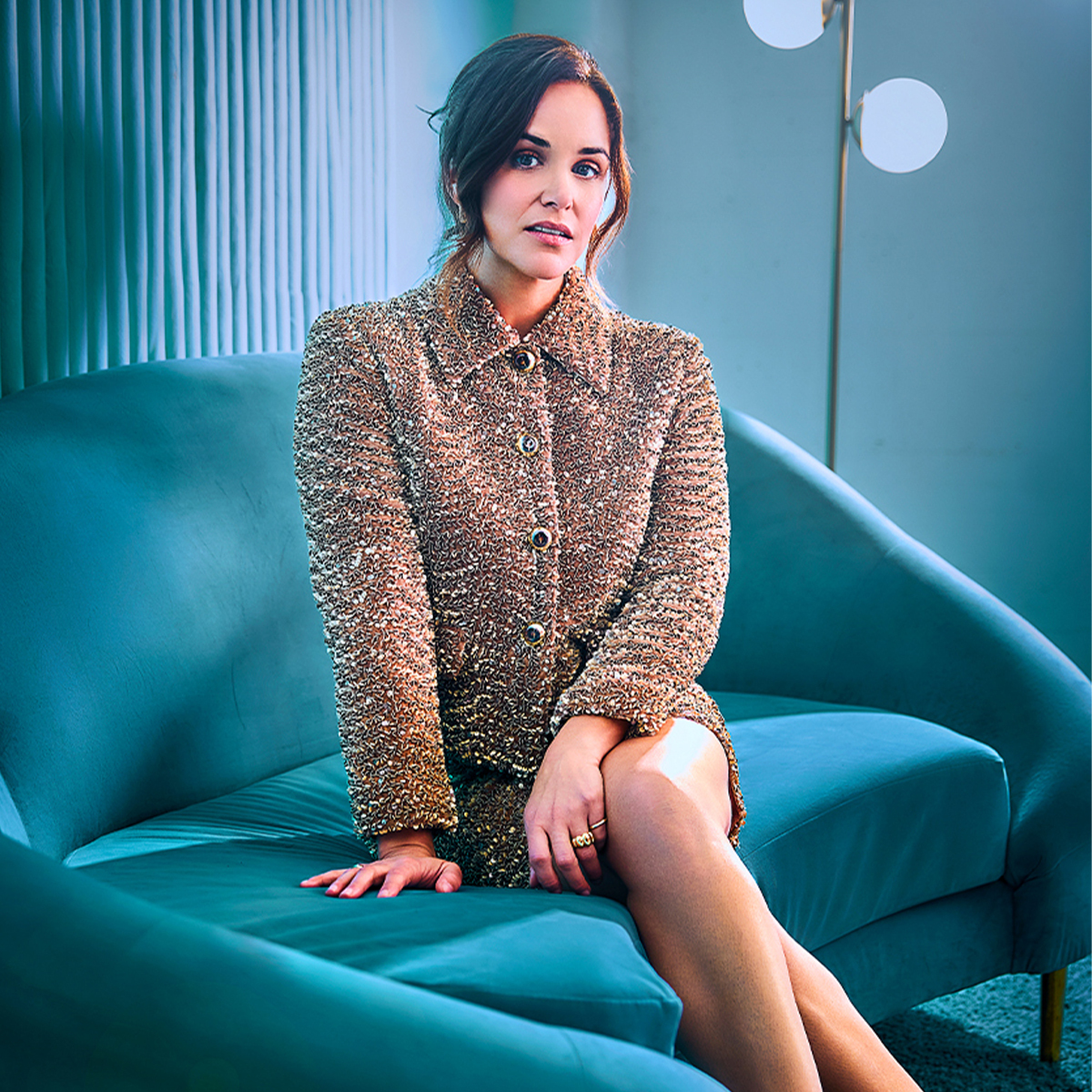 How Melissa Fumero Built One of Our New Favorite Fashion People on TV
How Melissa Fumero Built One of Our New Favorite Fashion People on TVMeet Birdie, Grosse Pointe Garden Society's queen bee and fashion person.
By Jessica Baker
